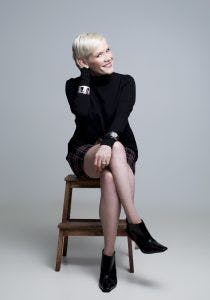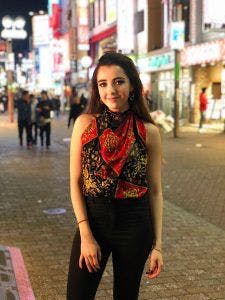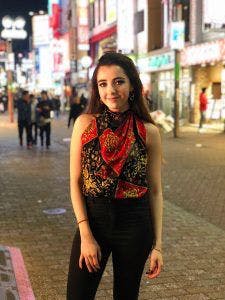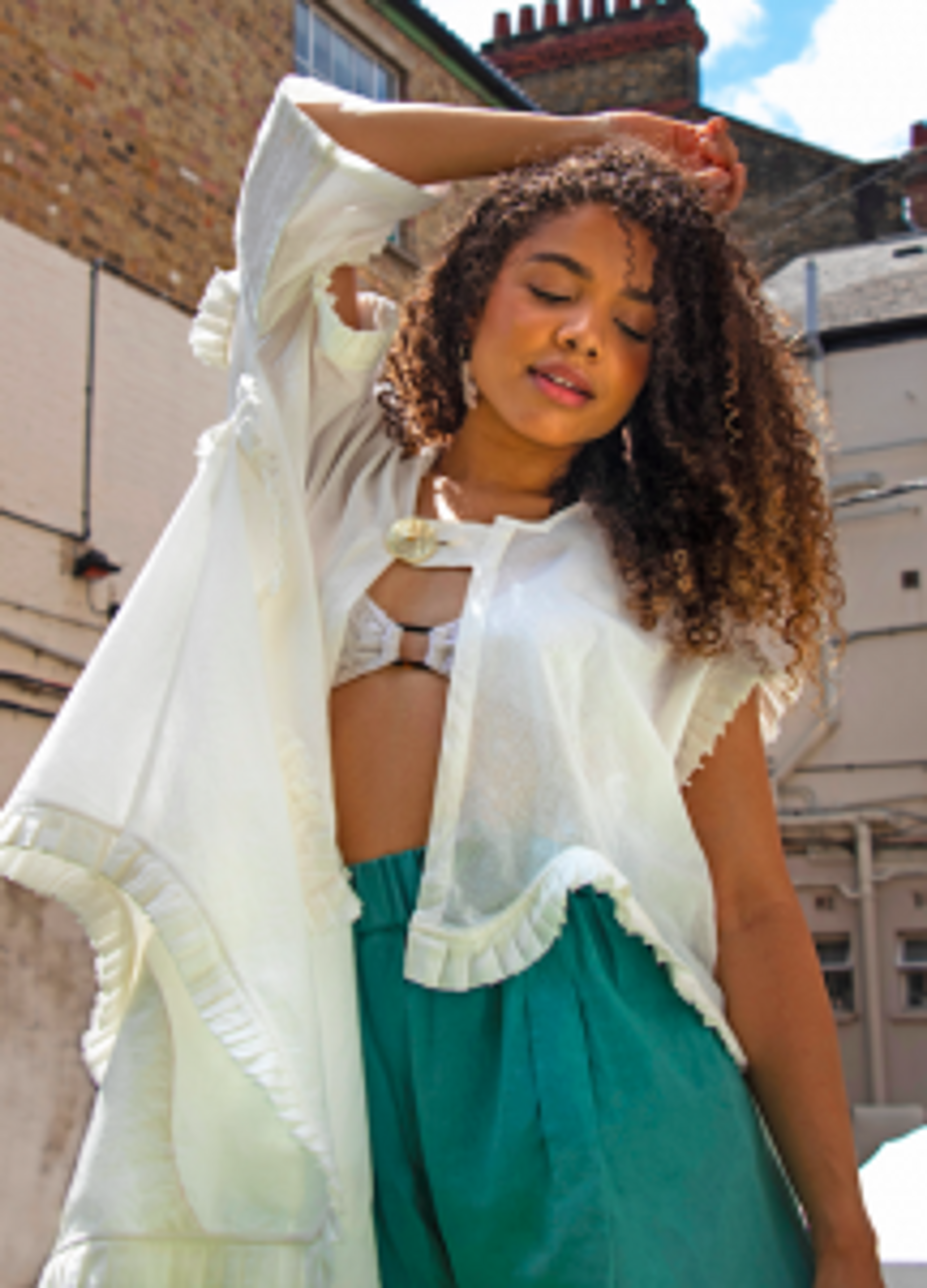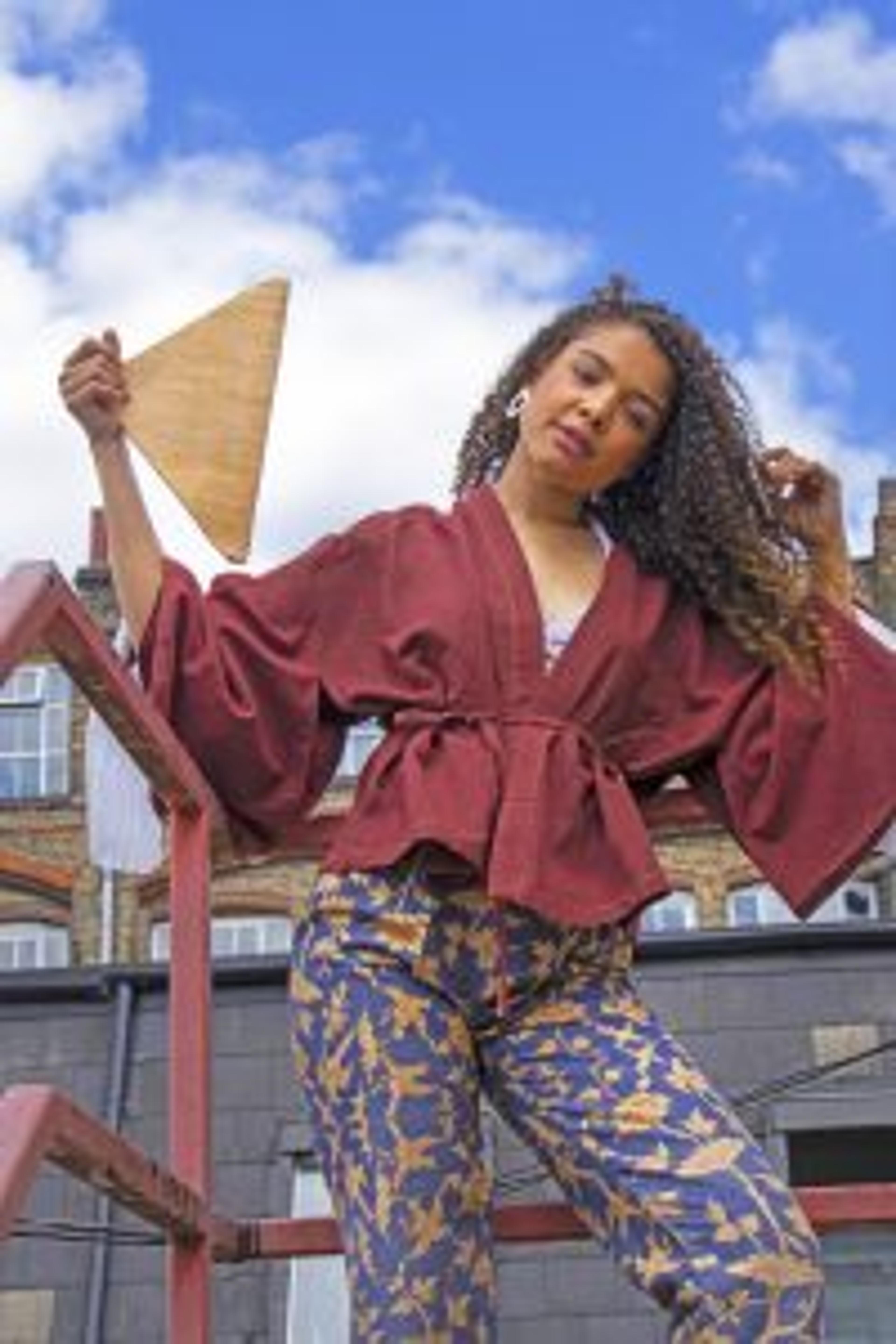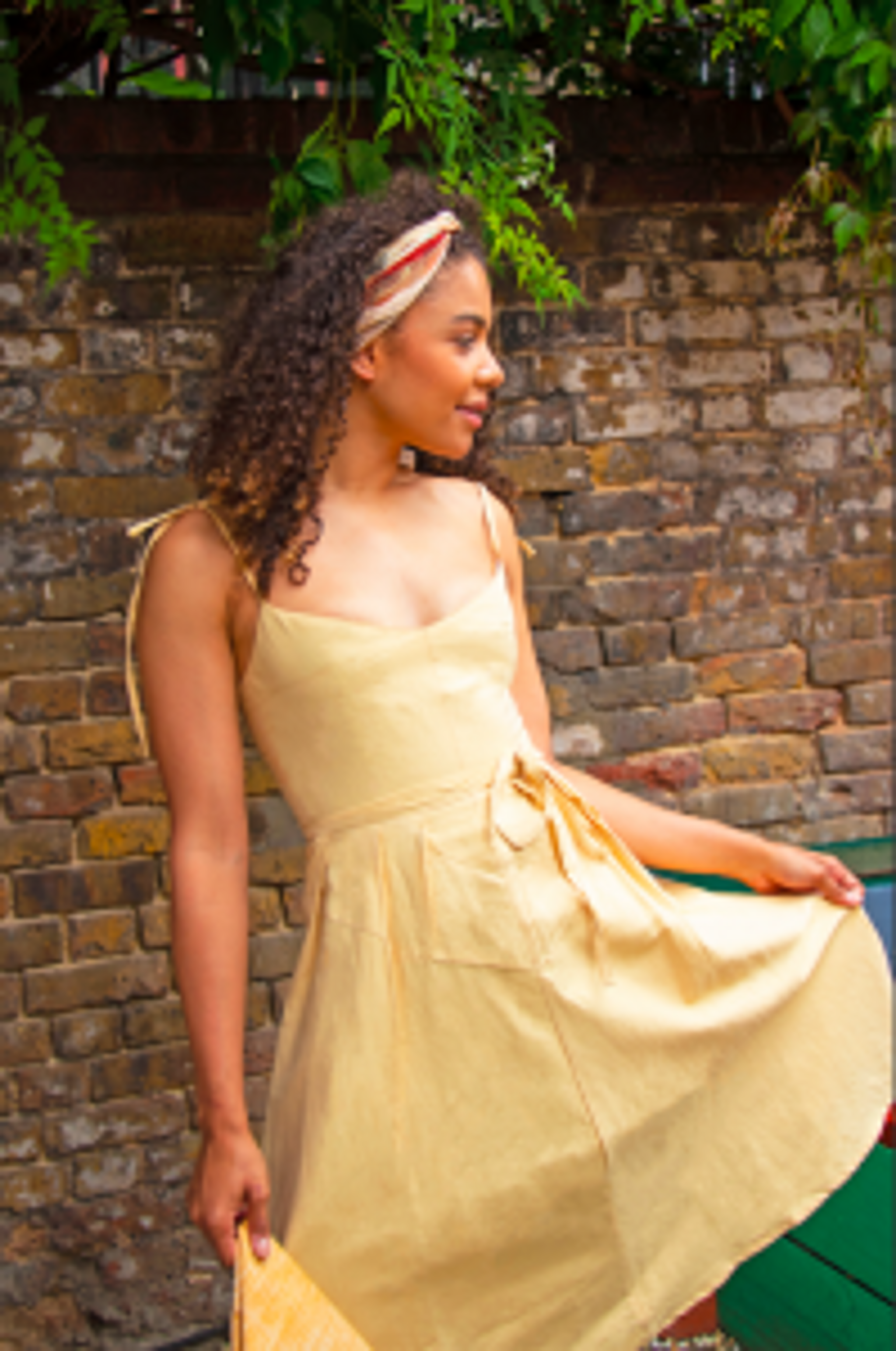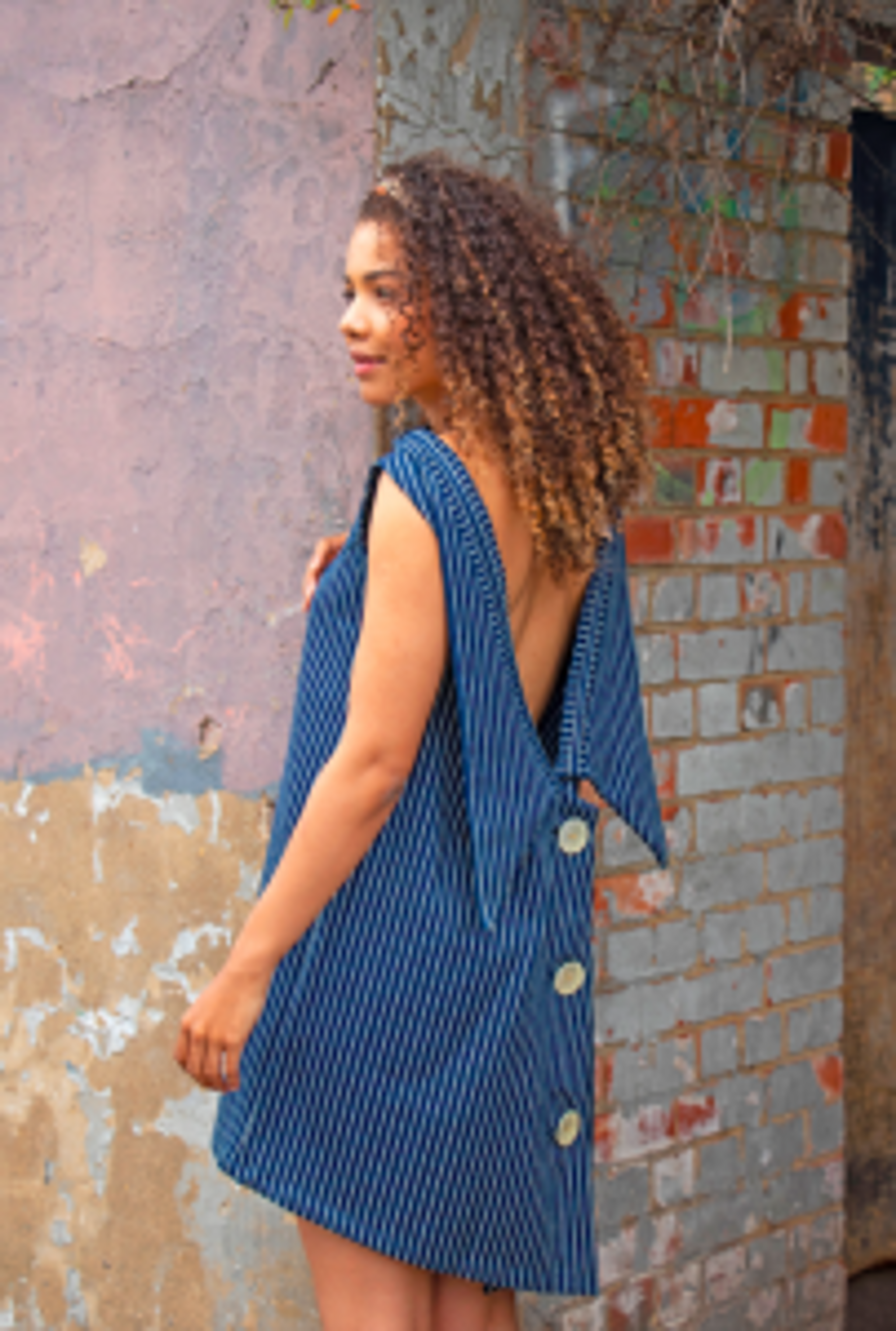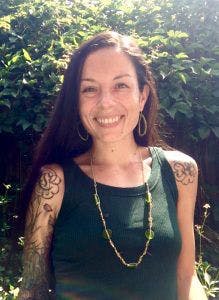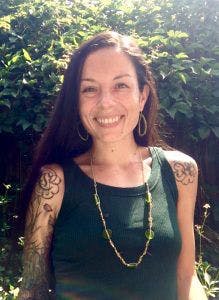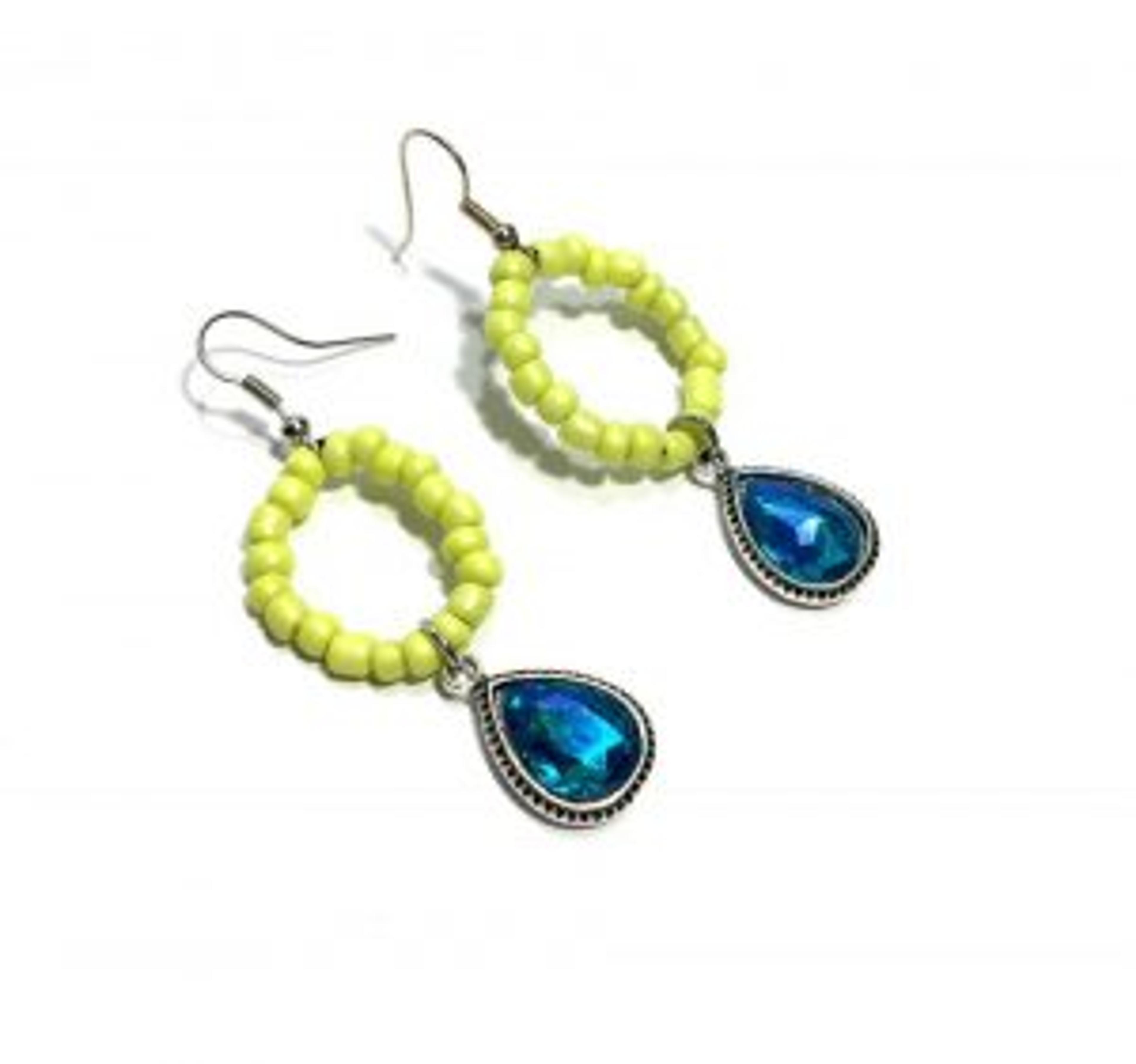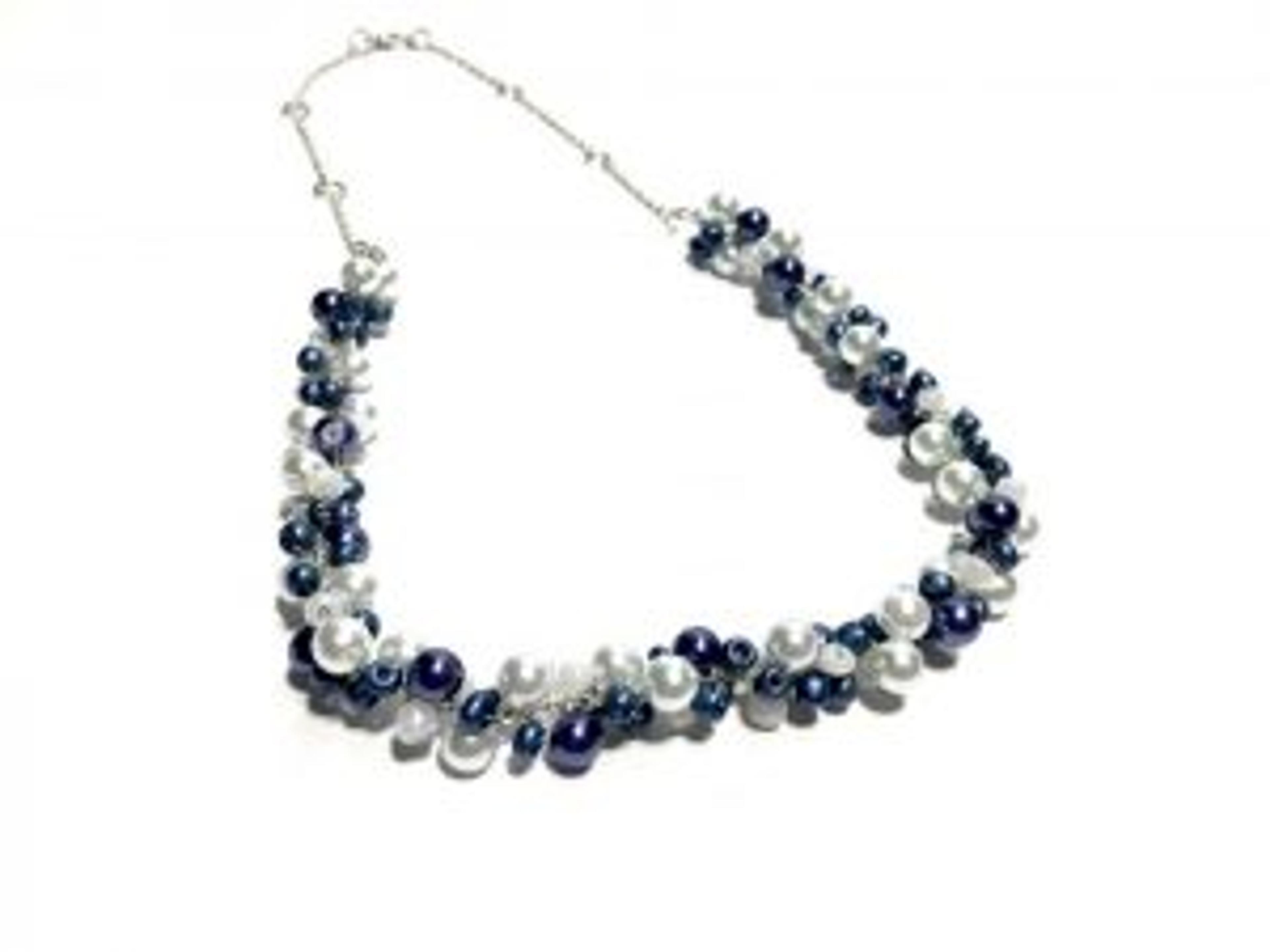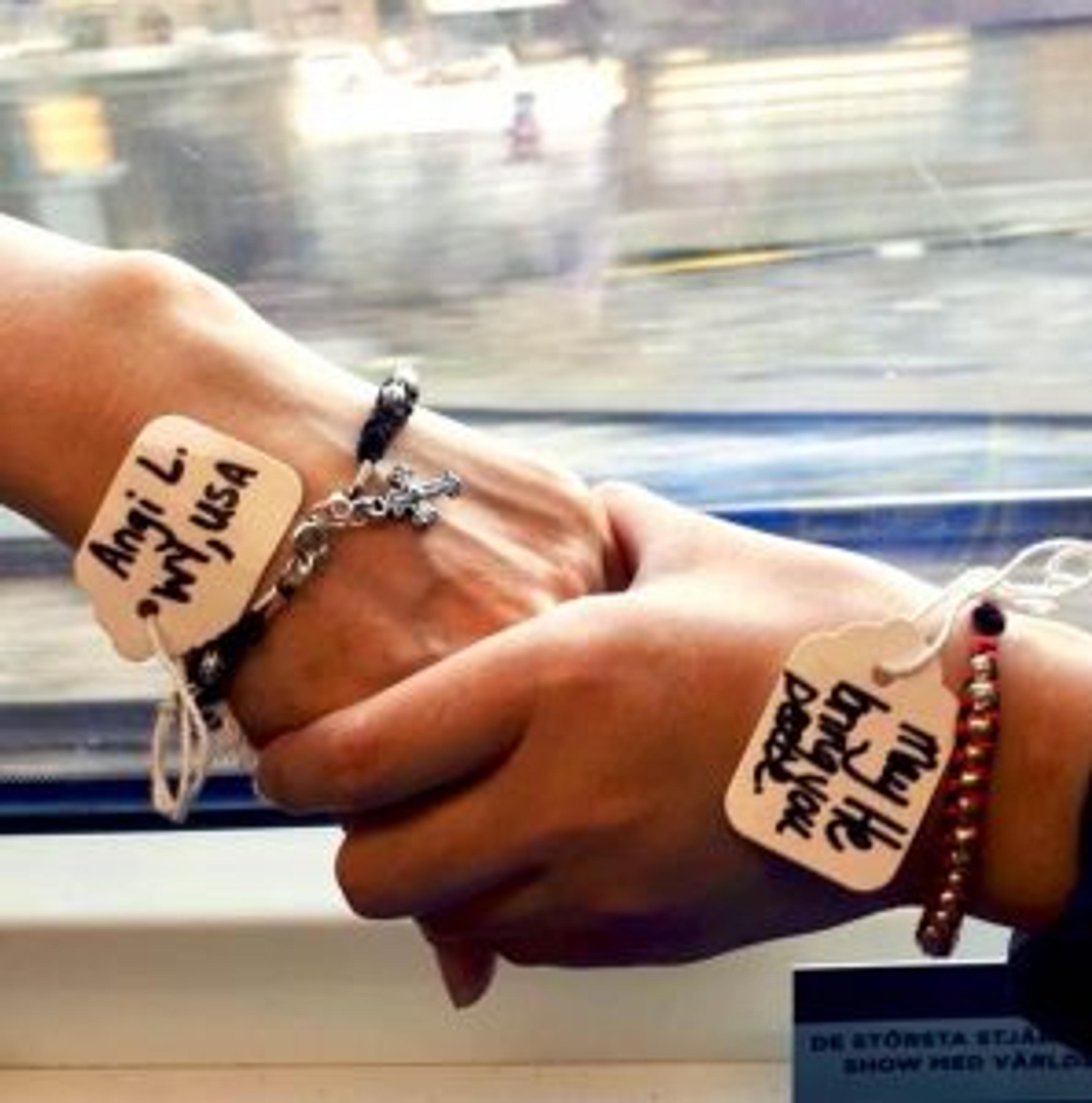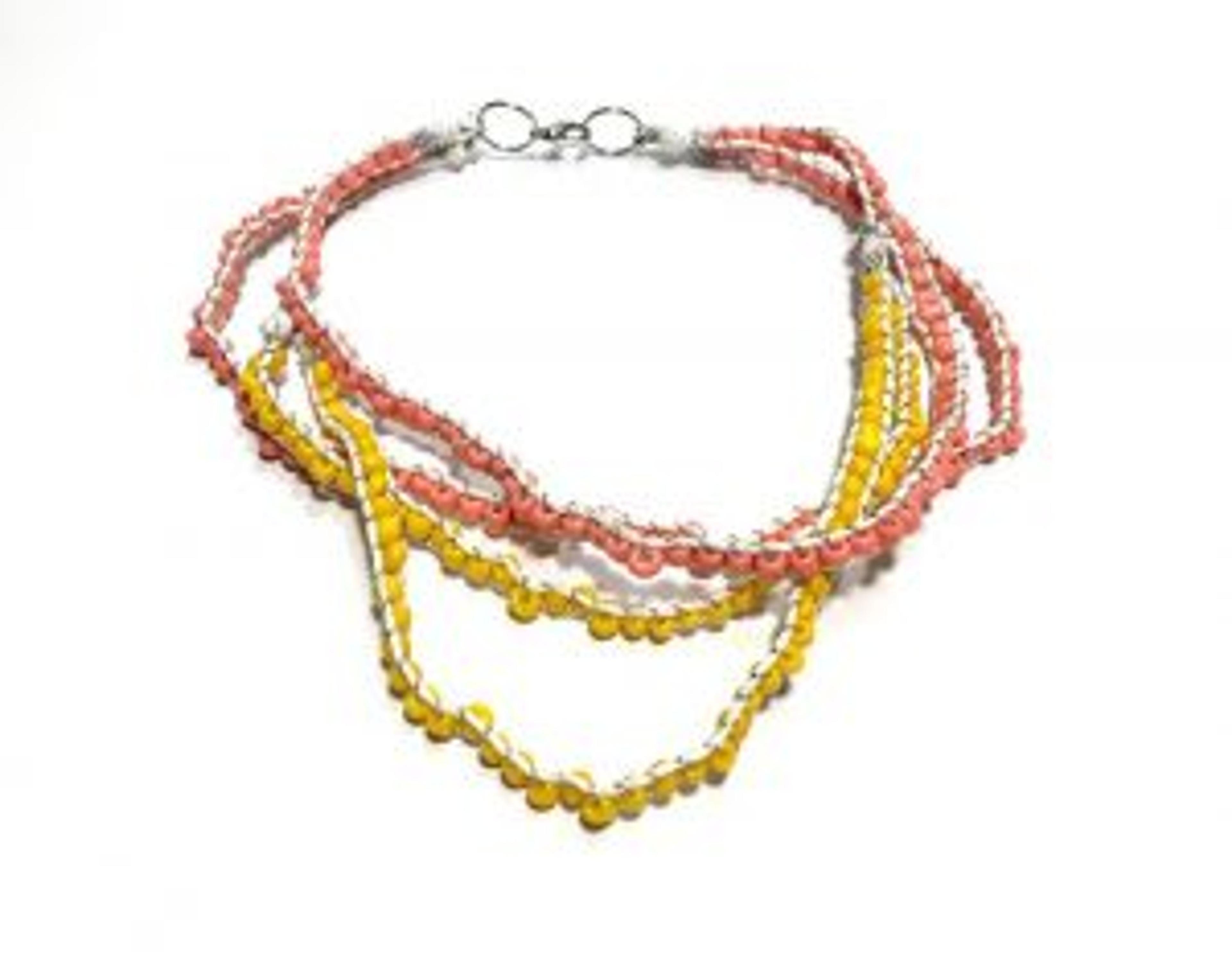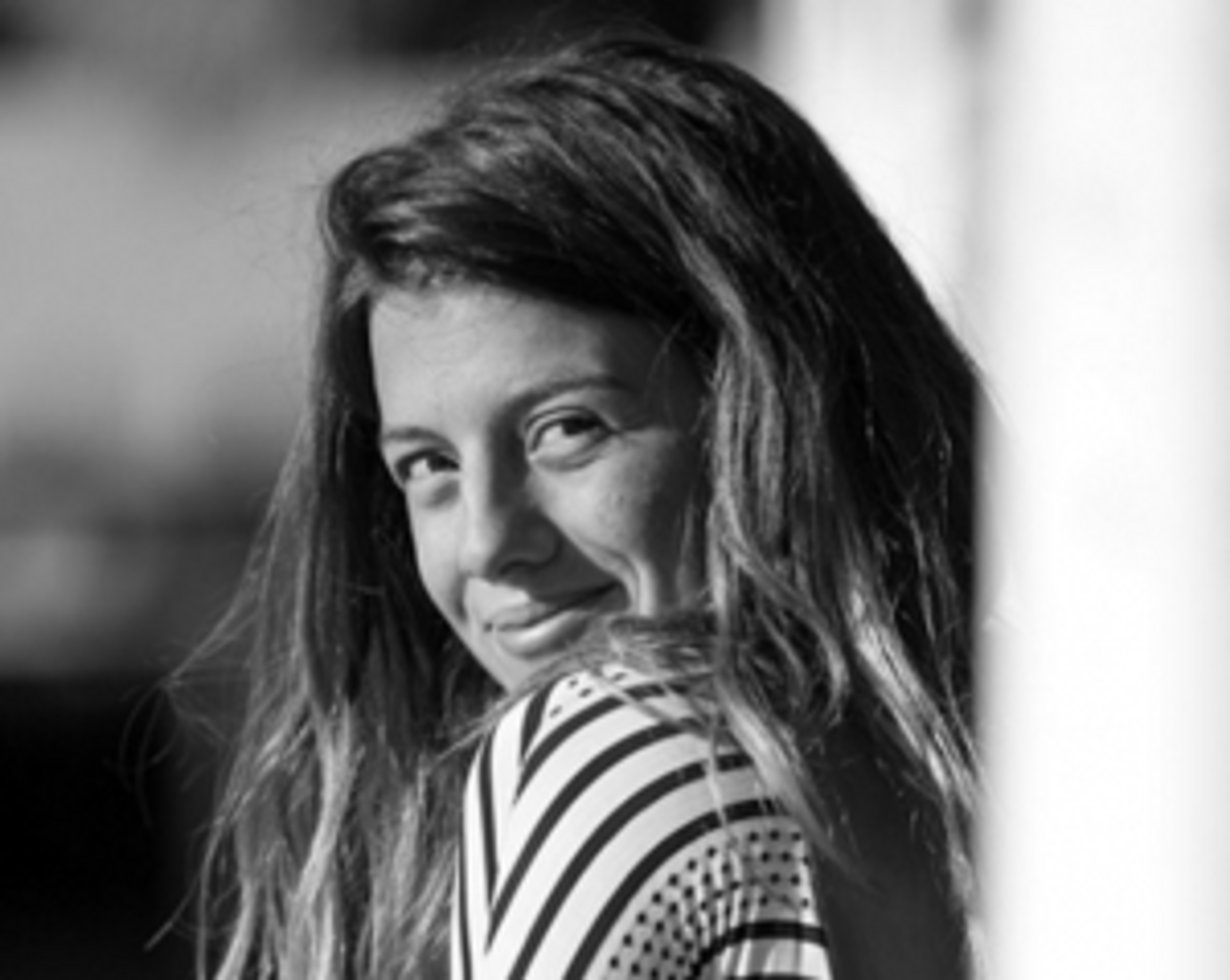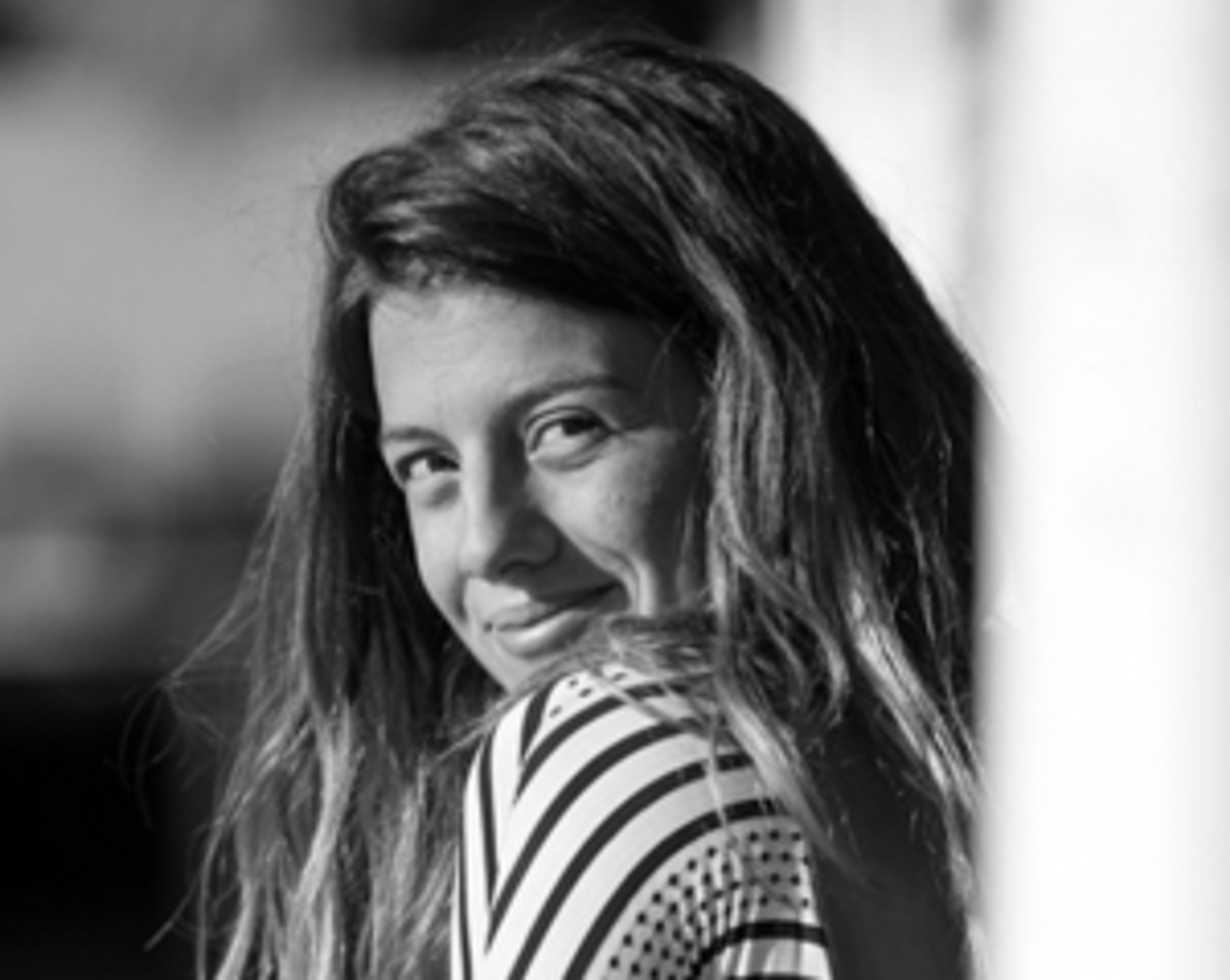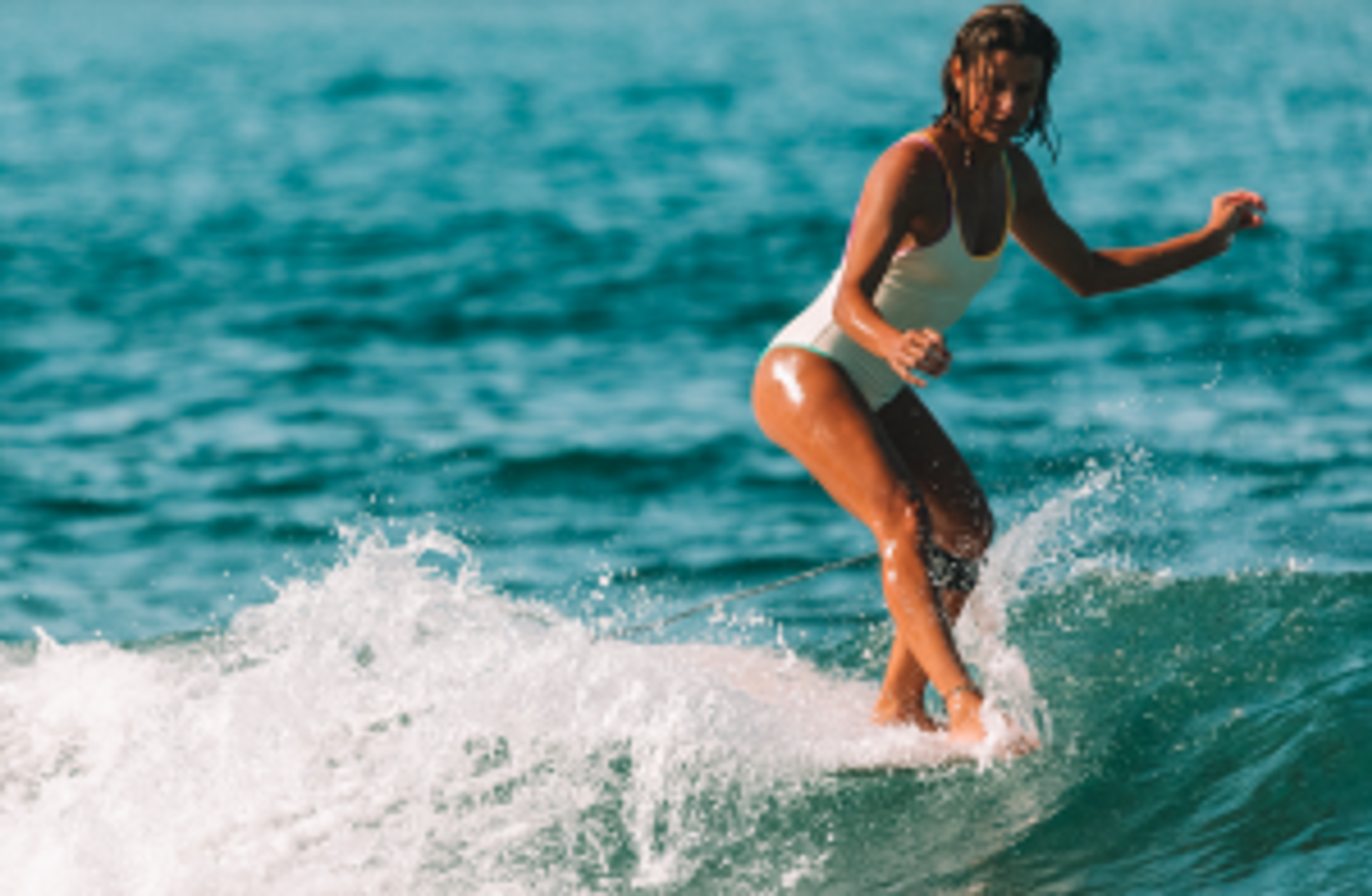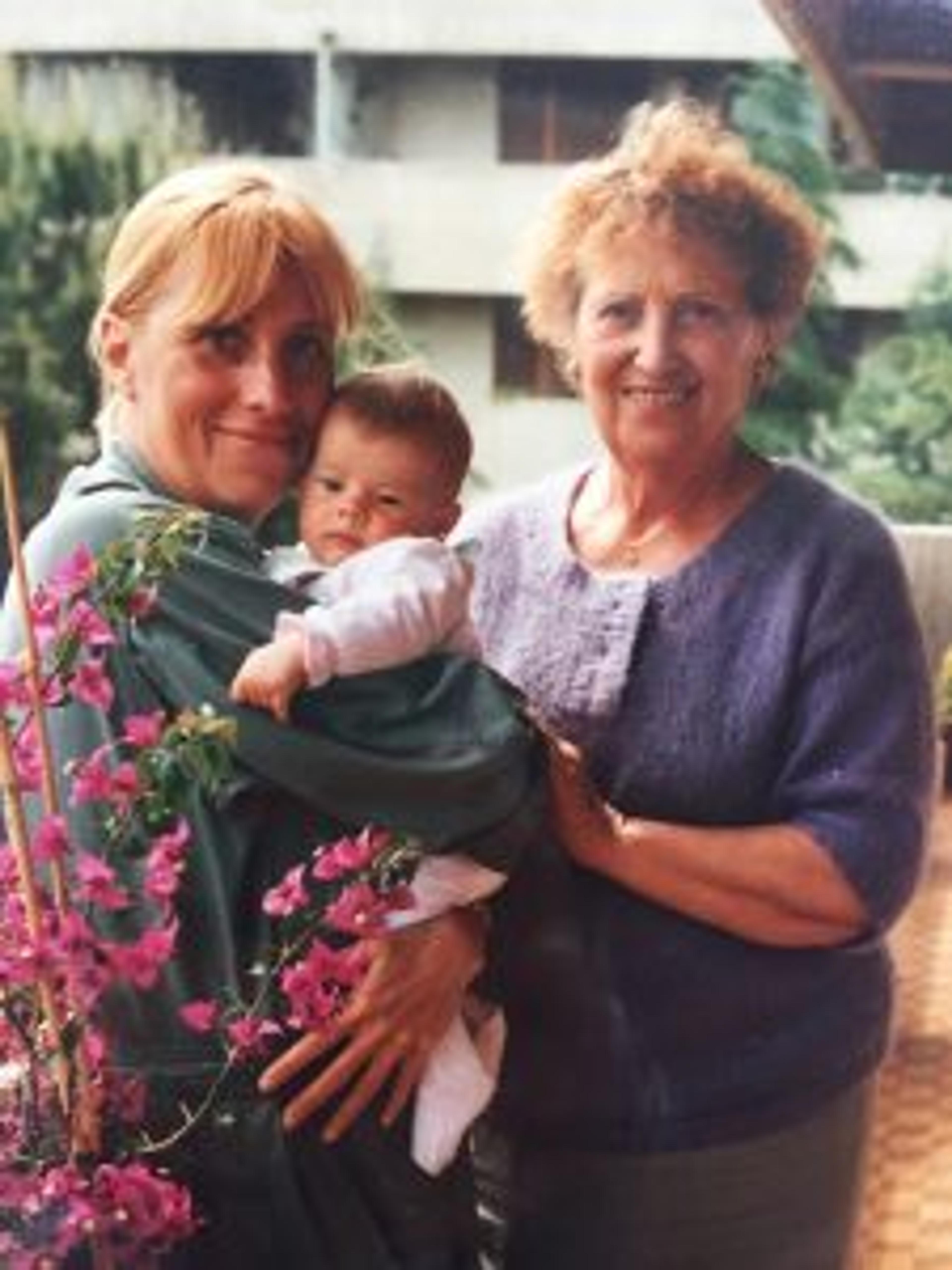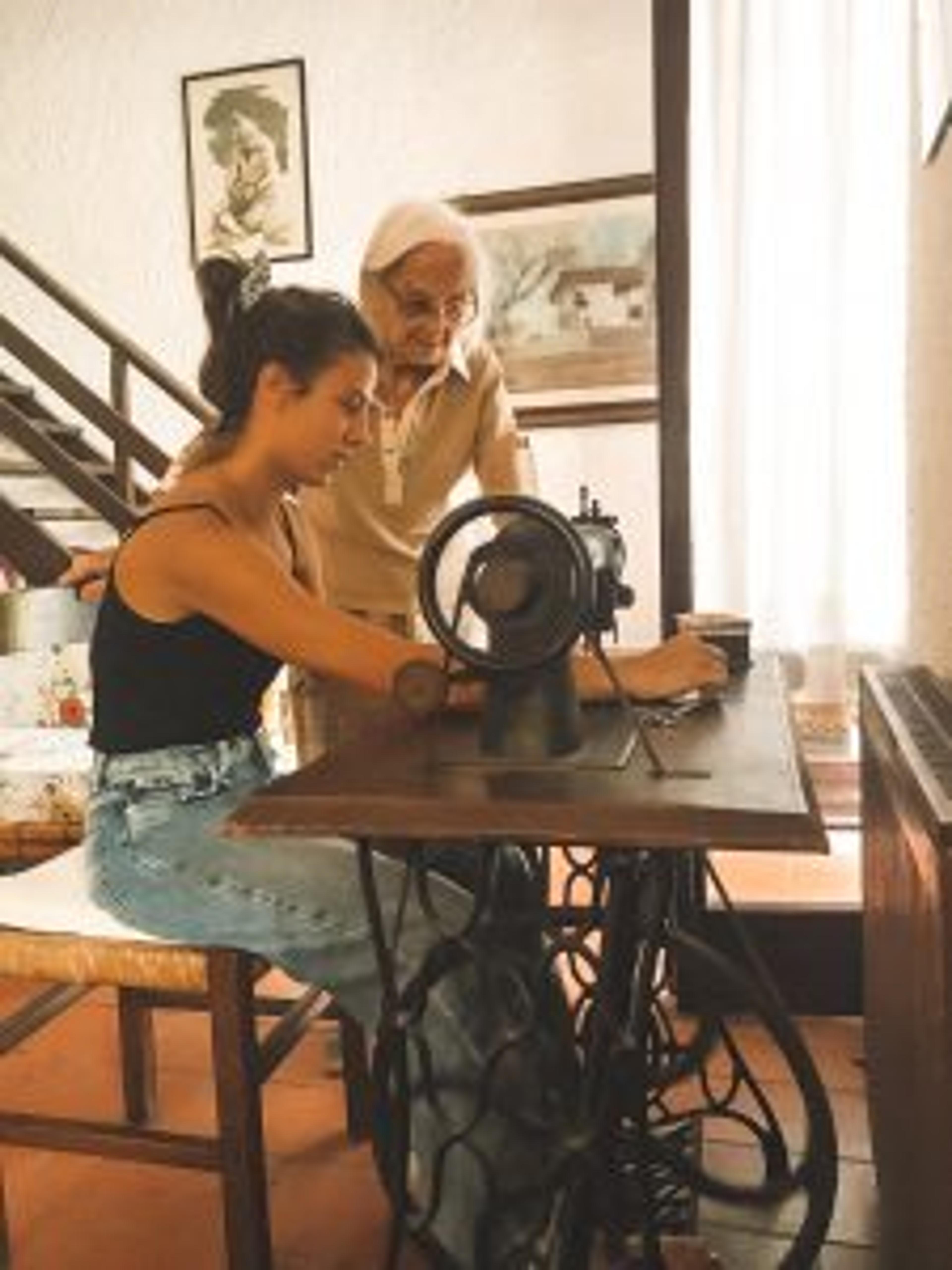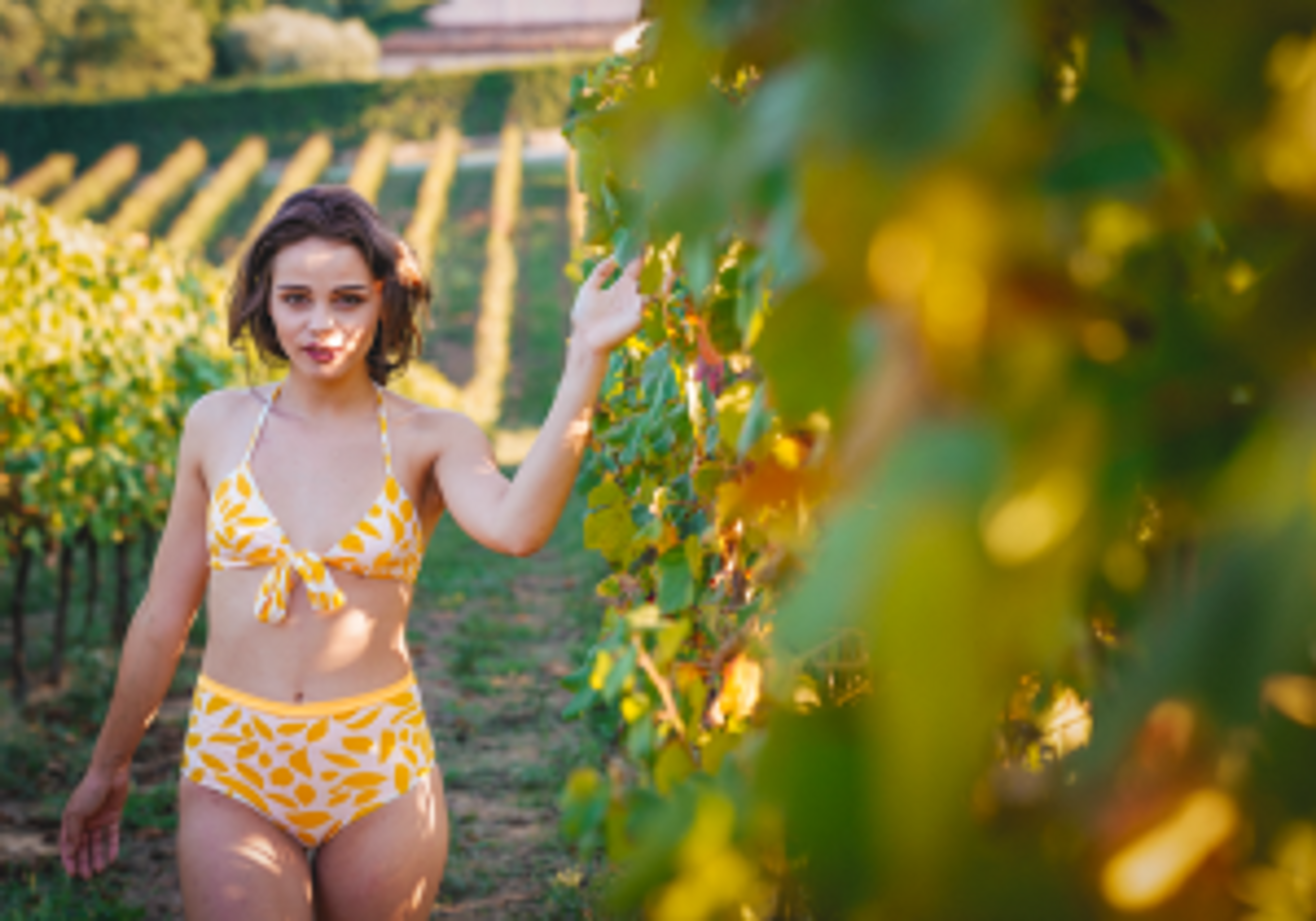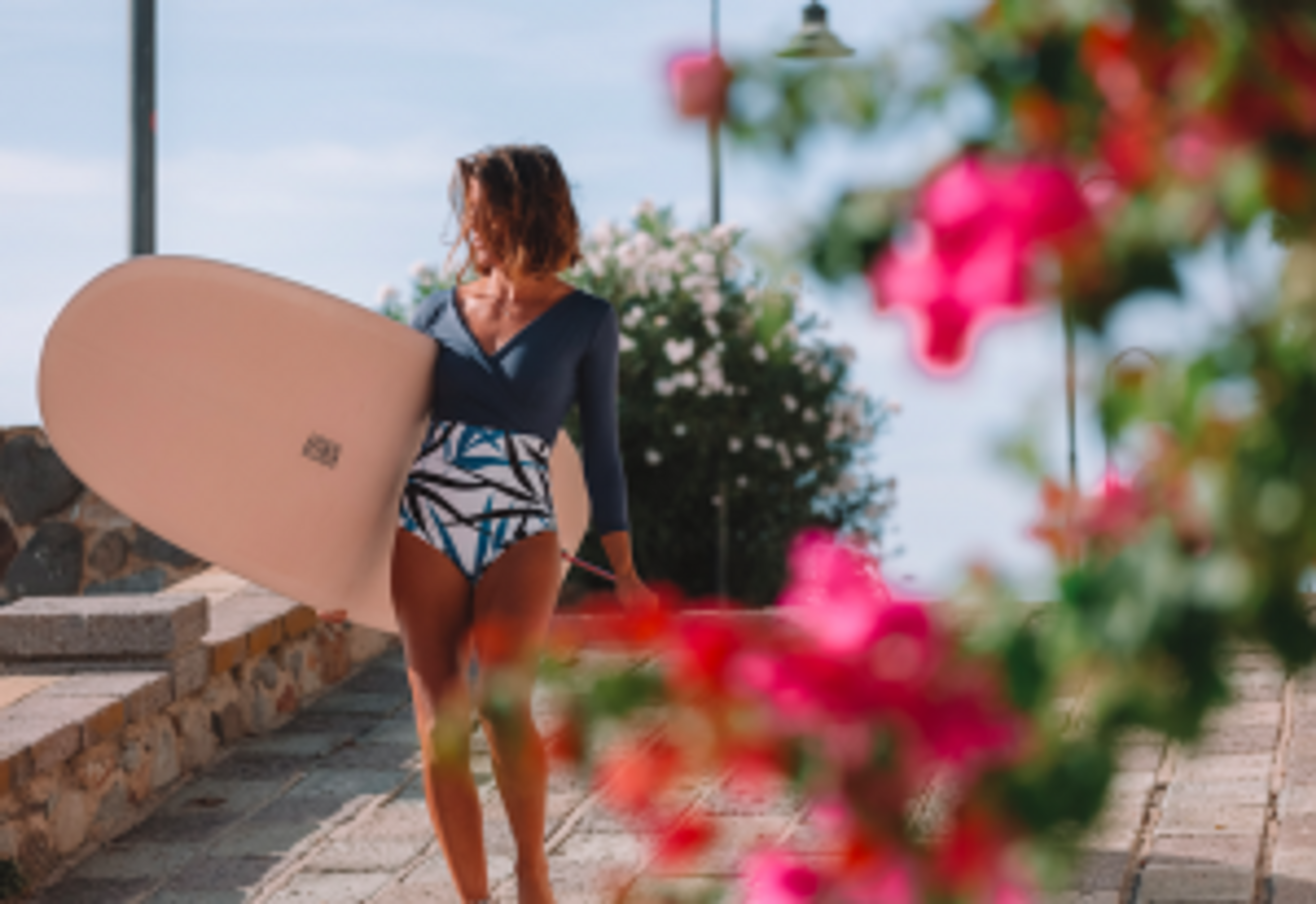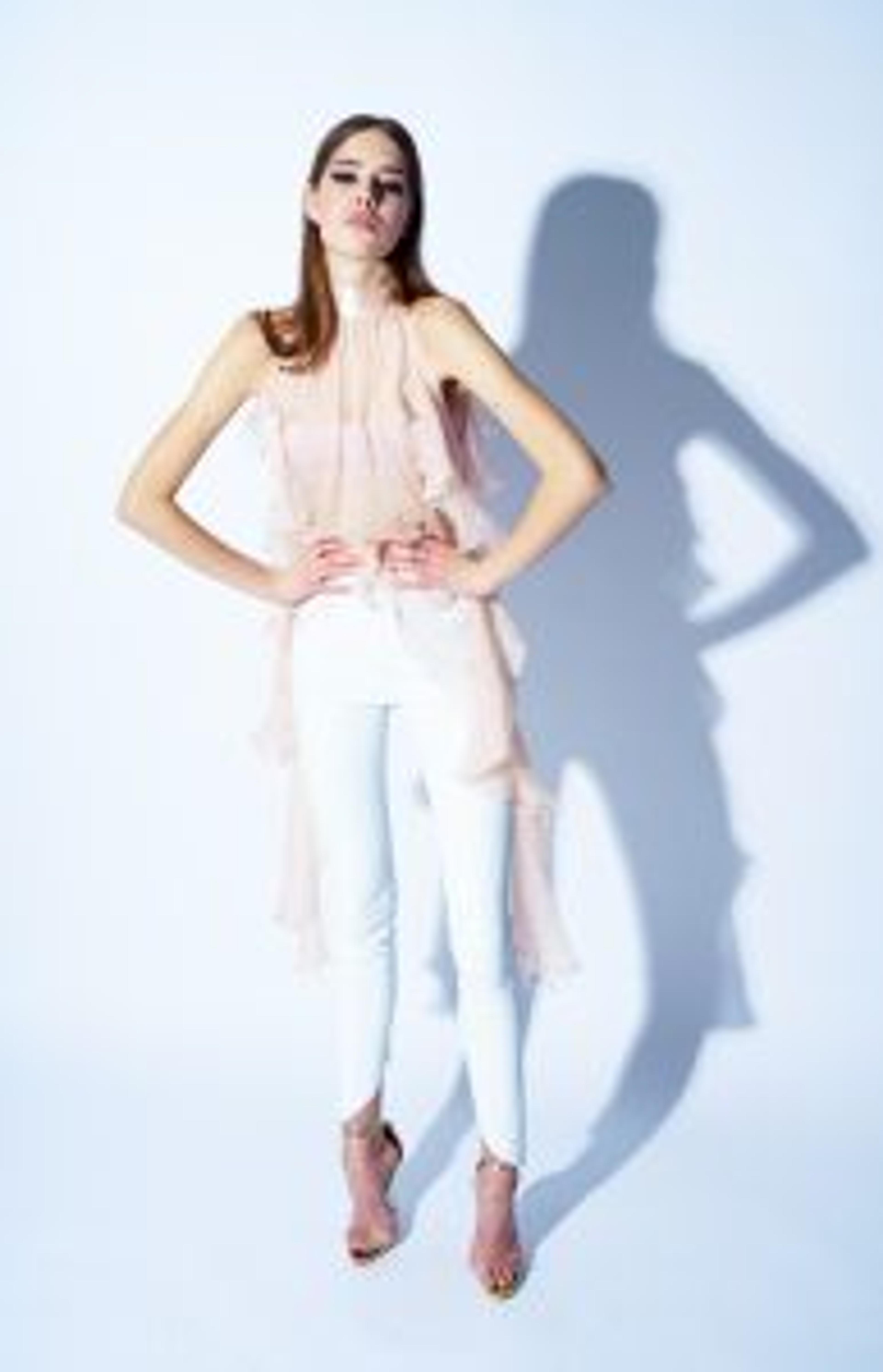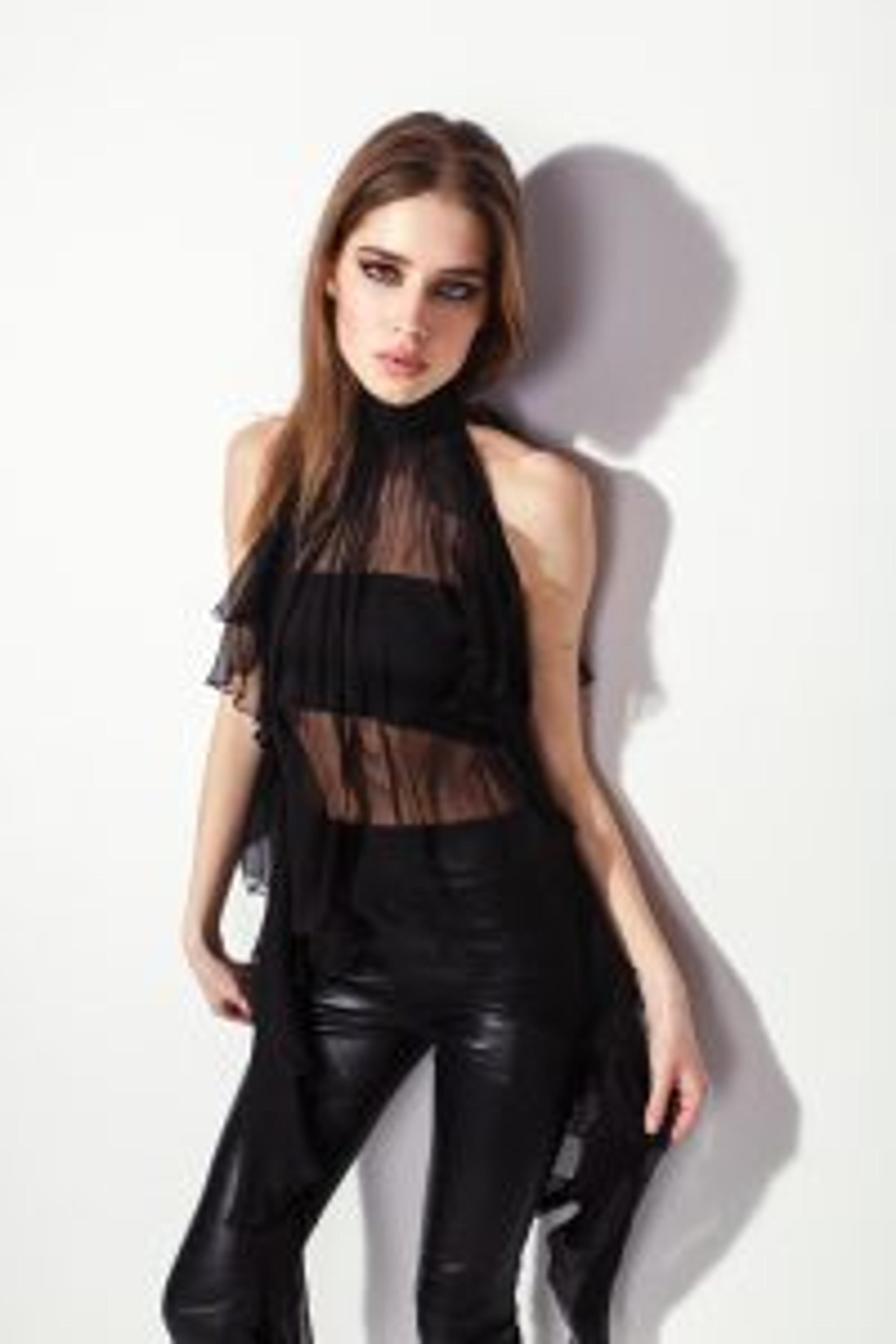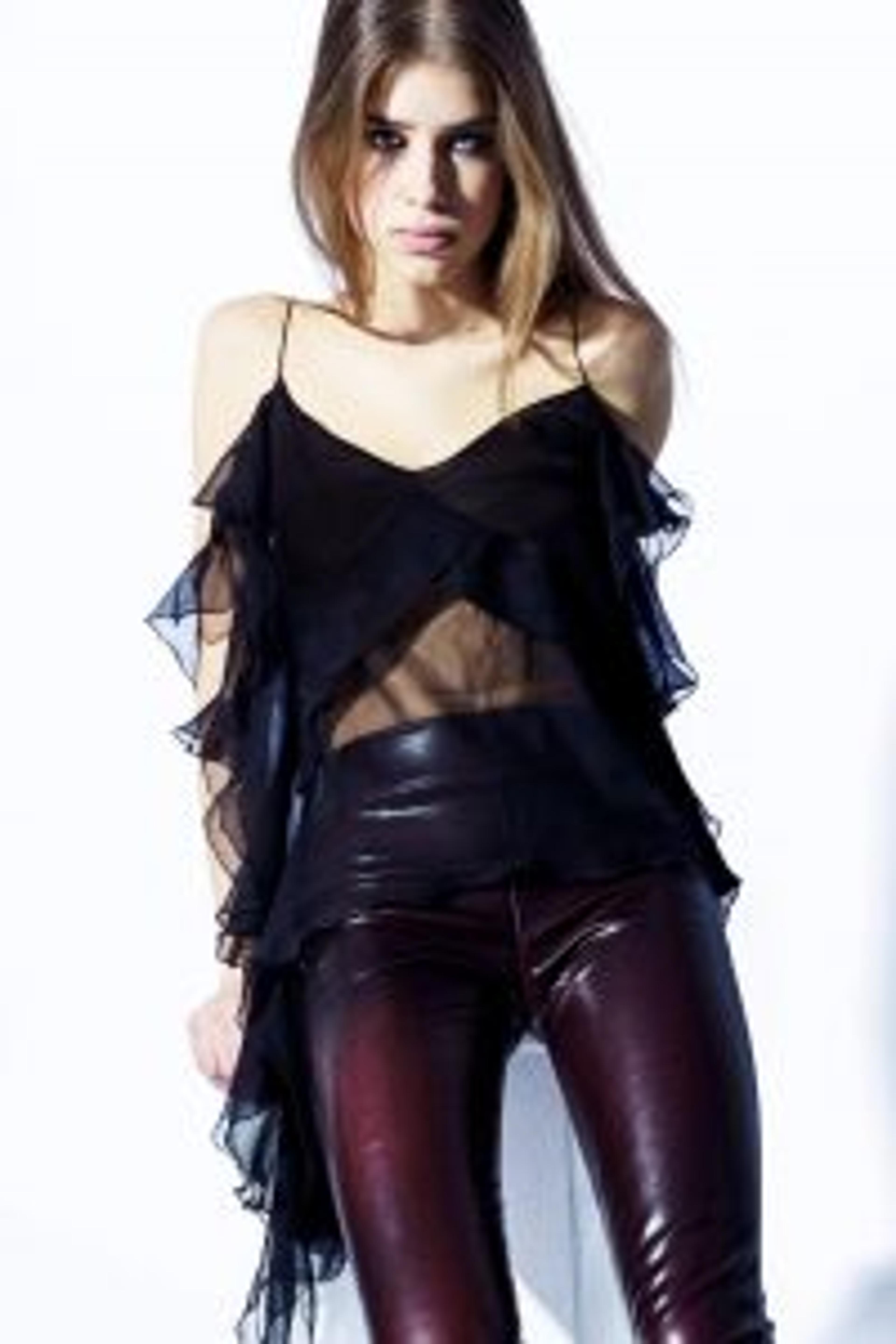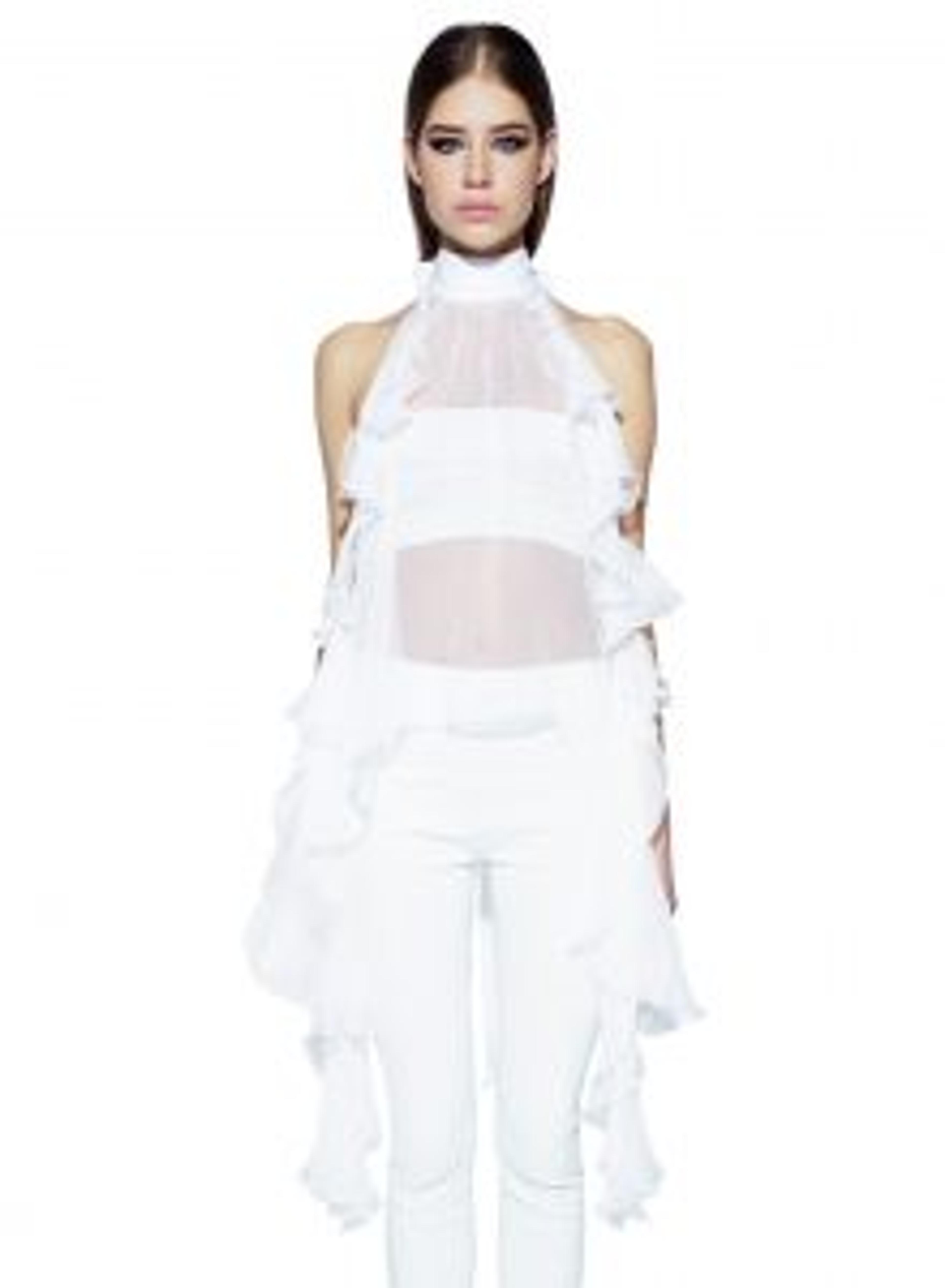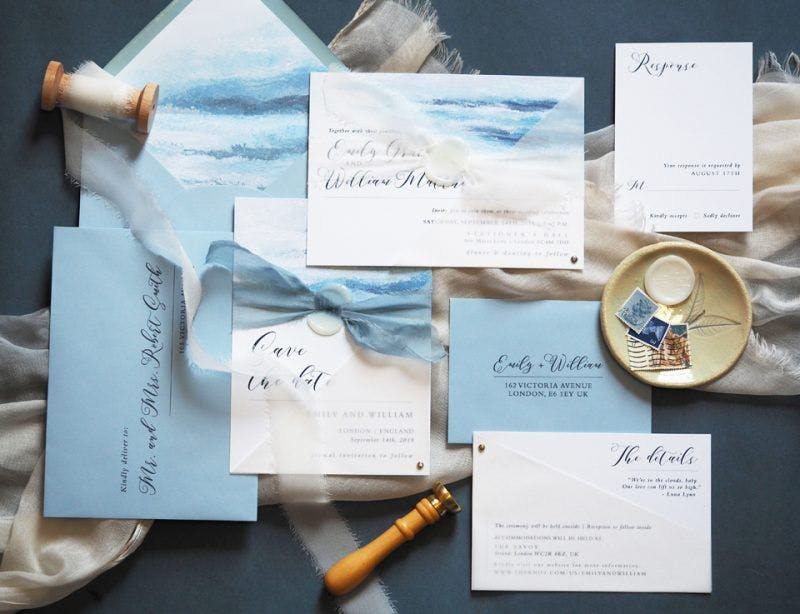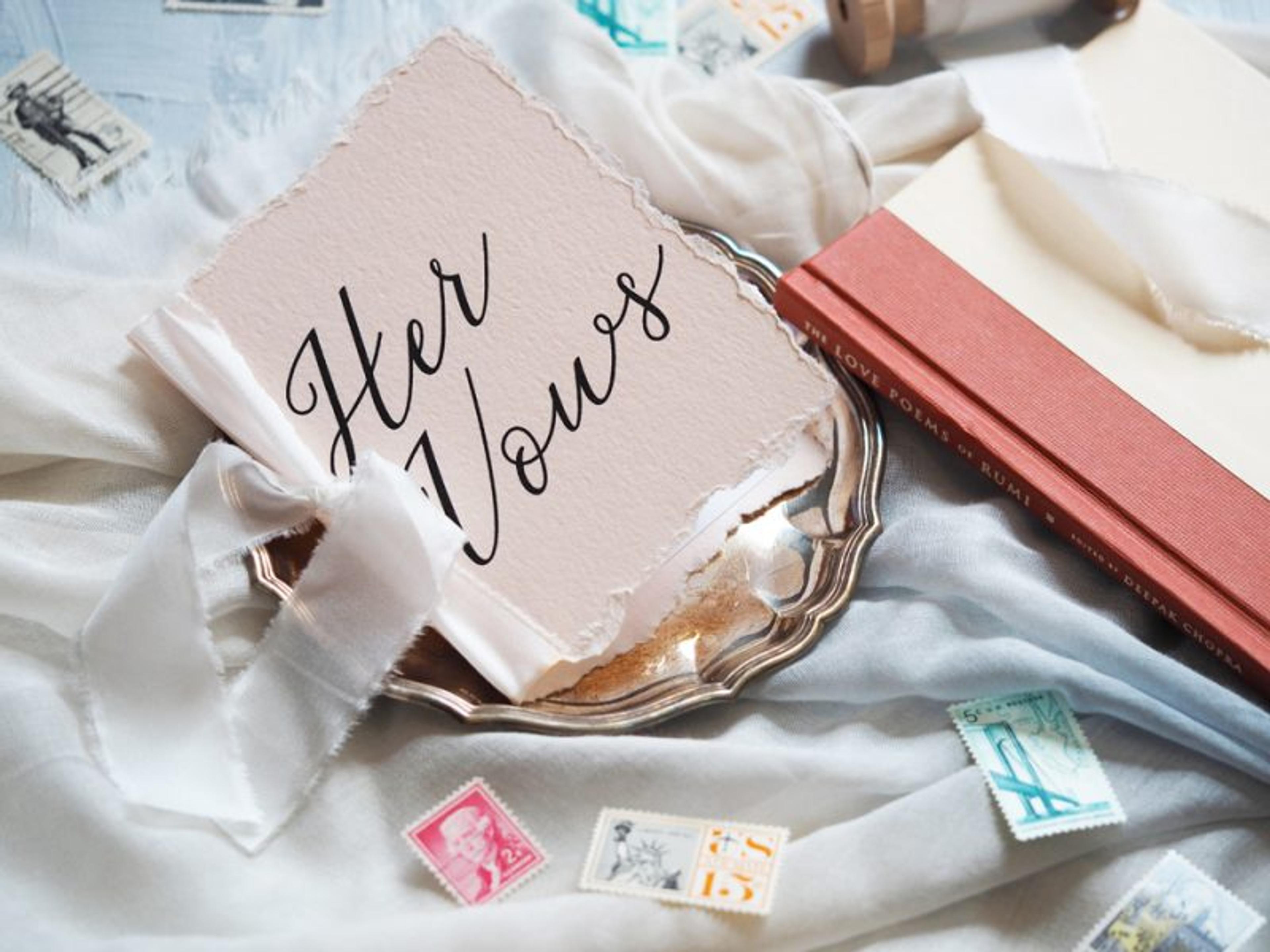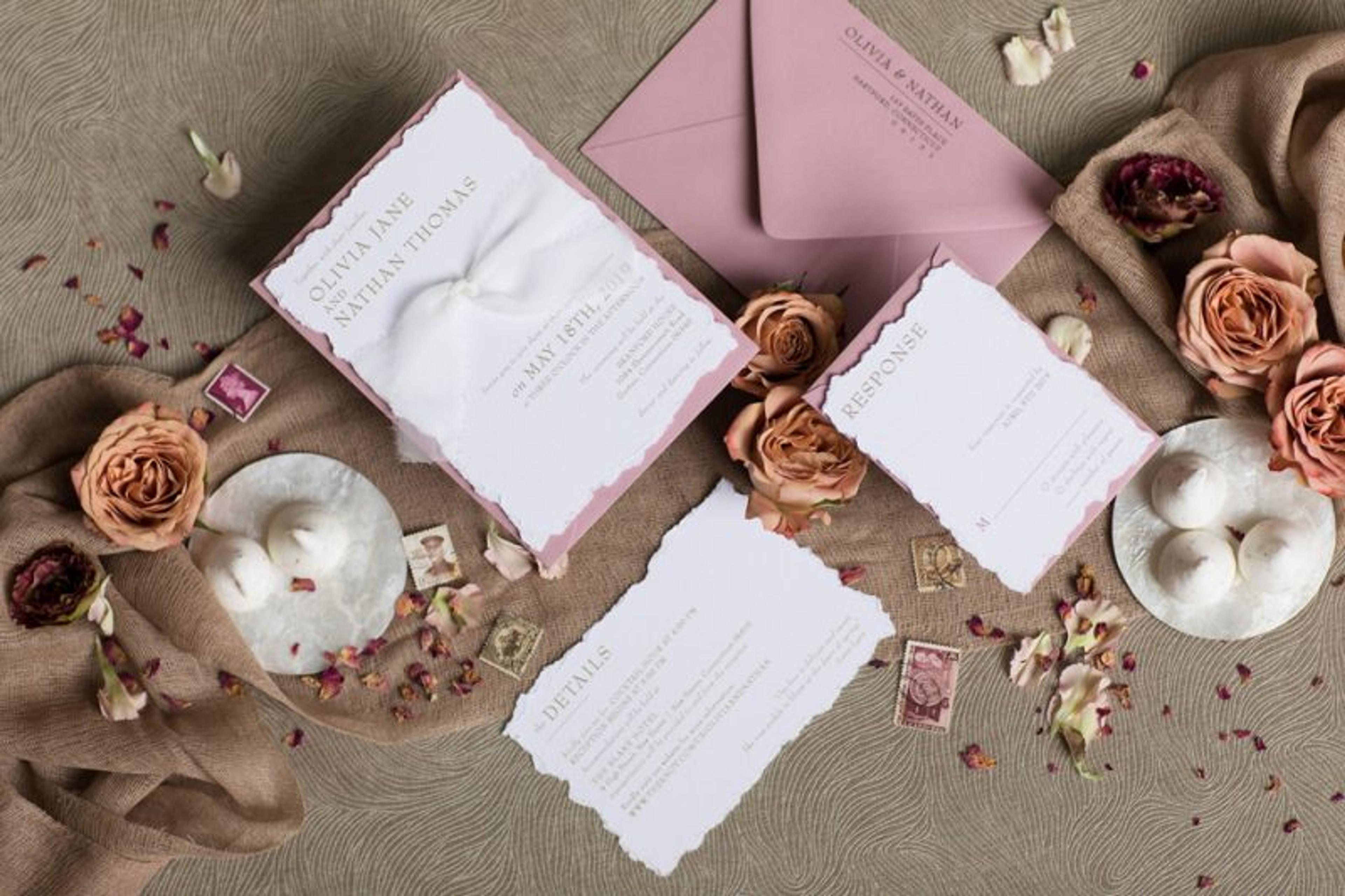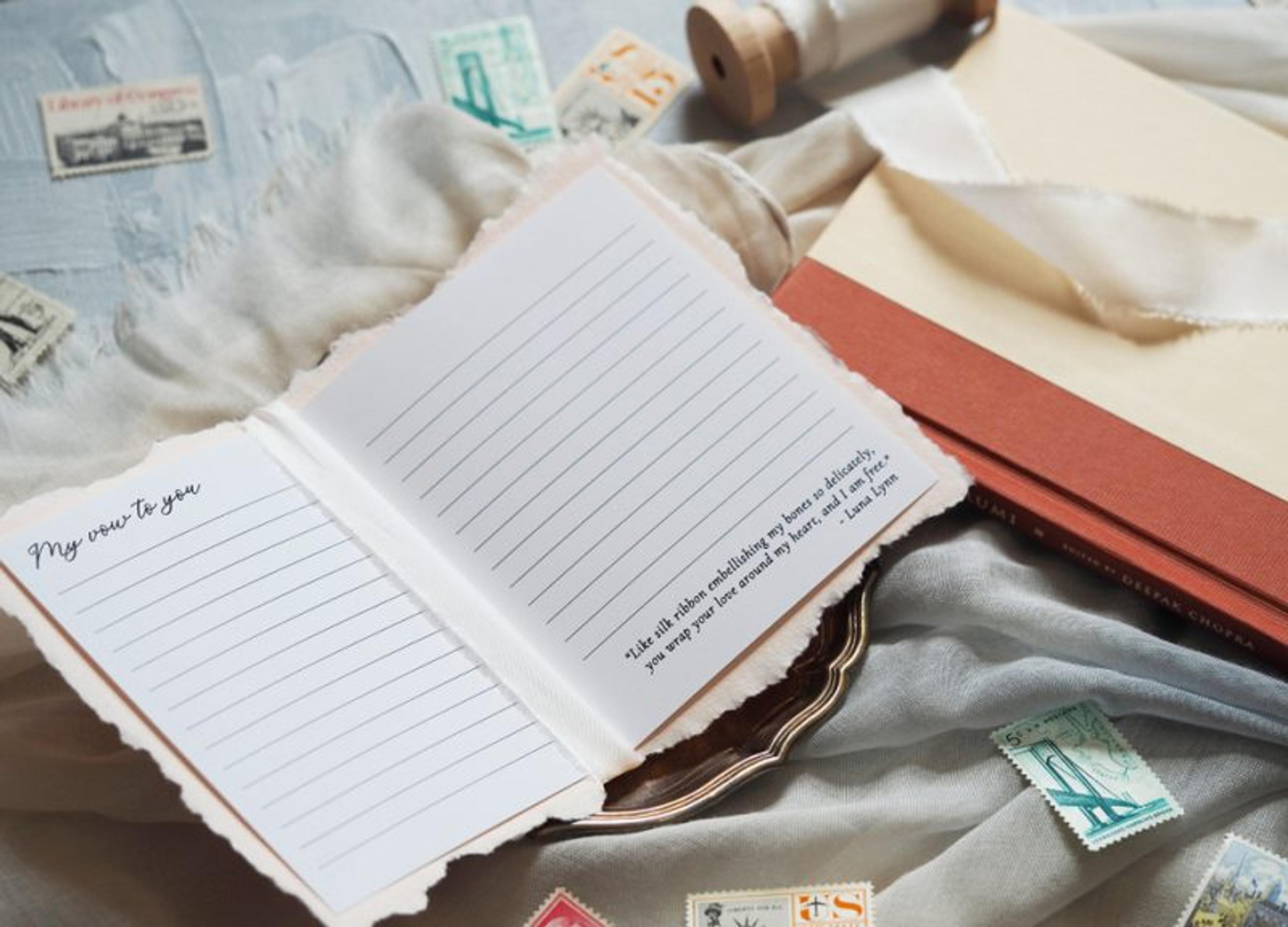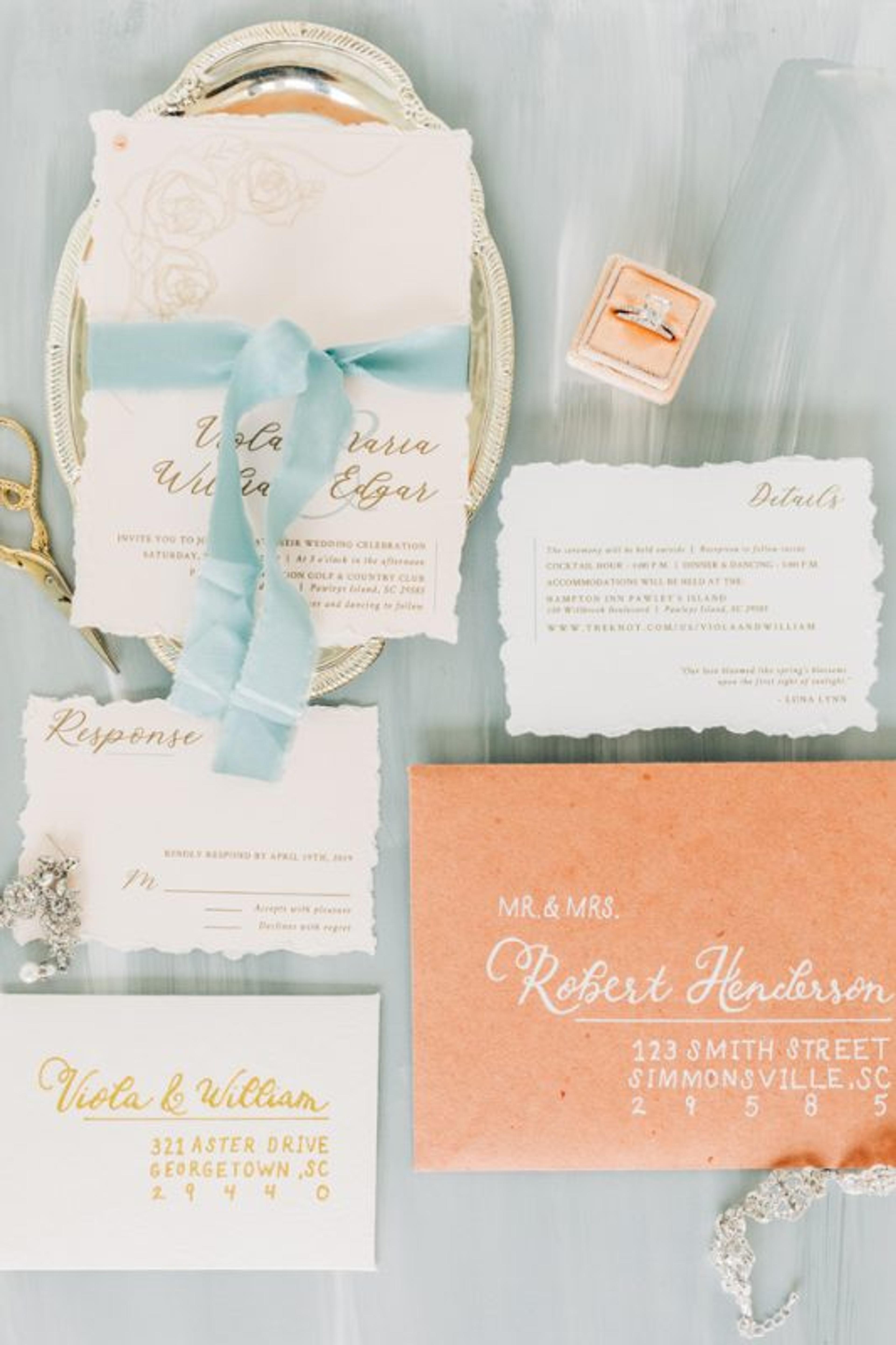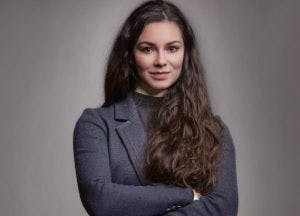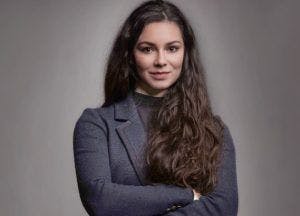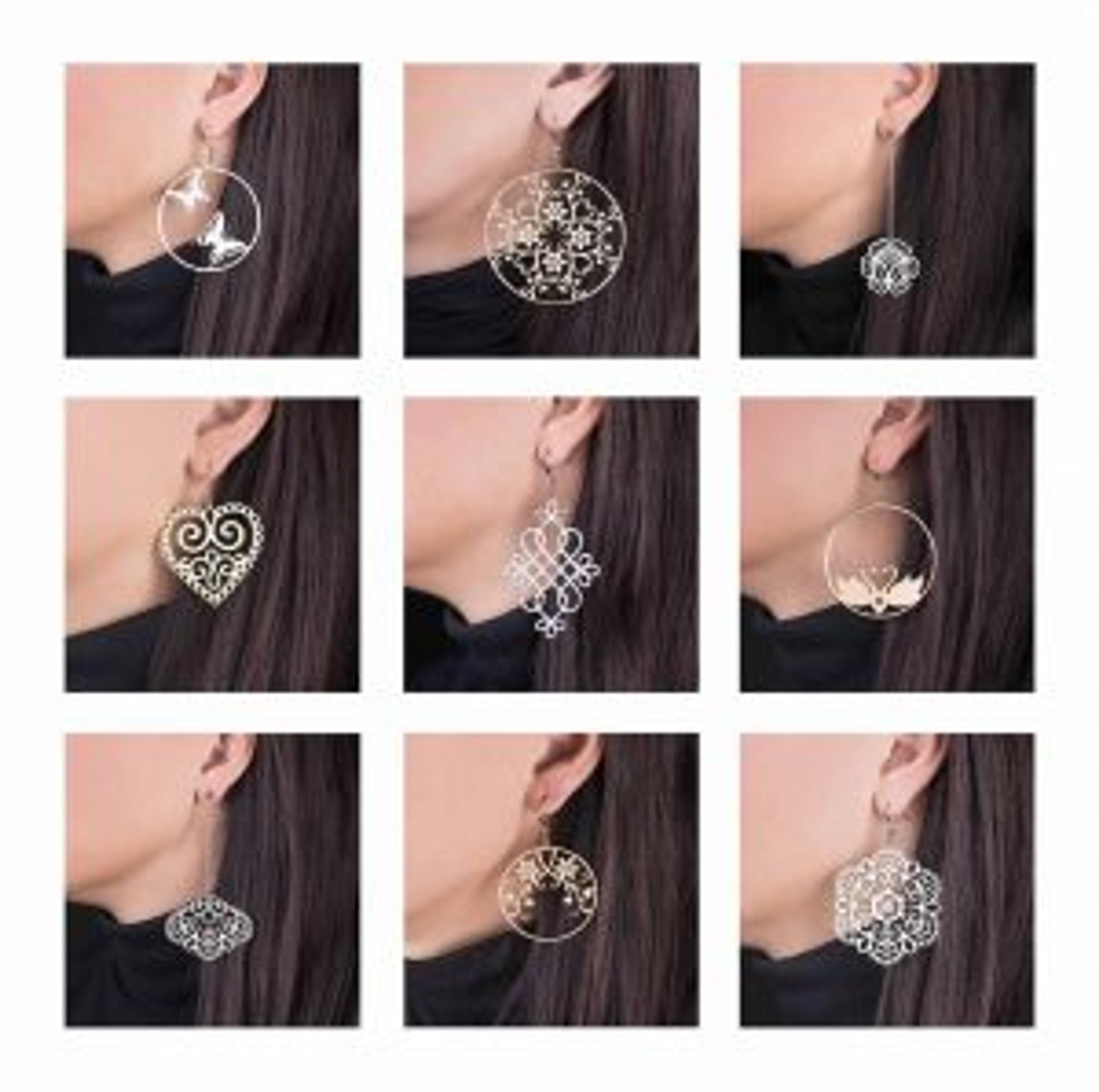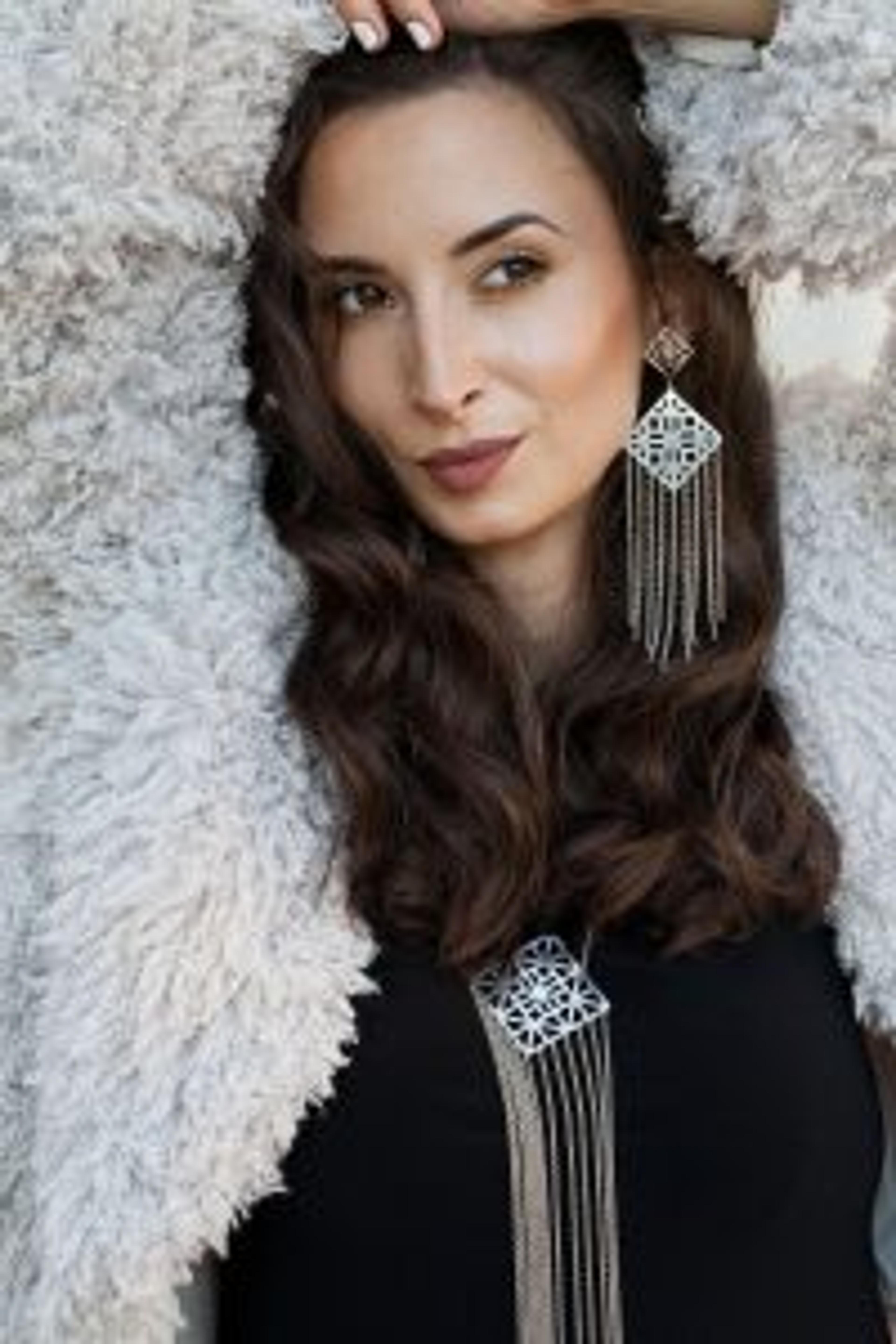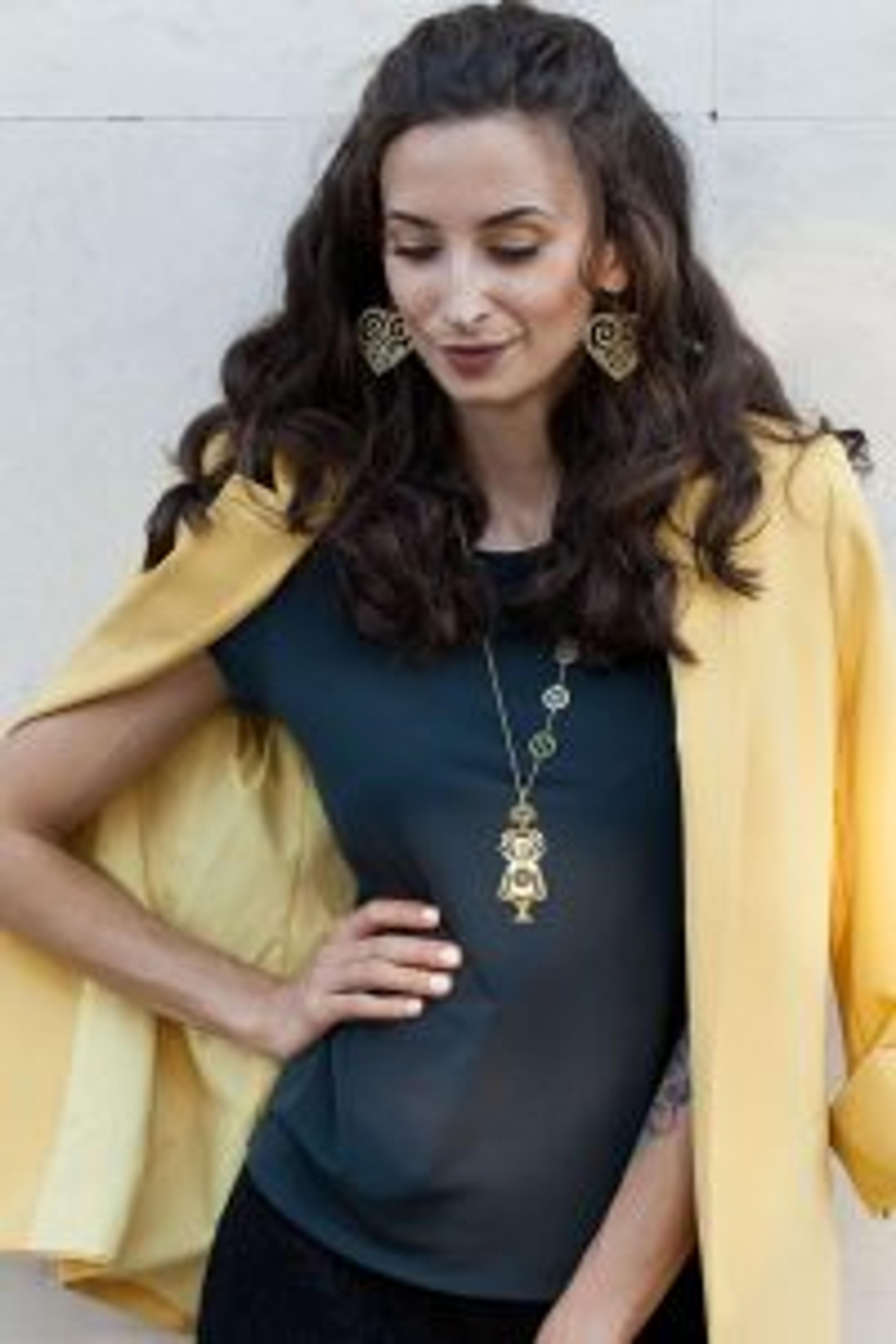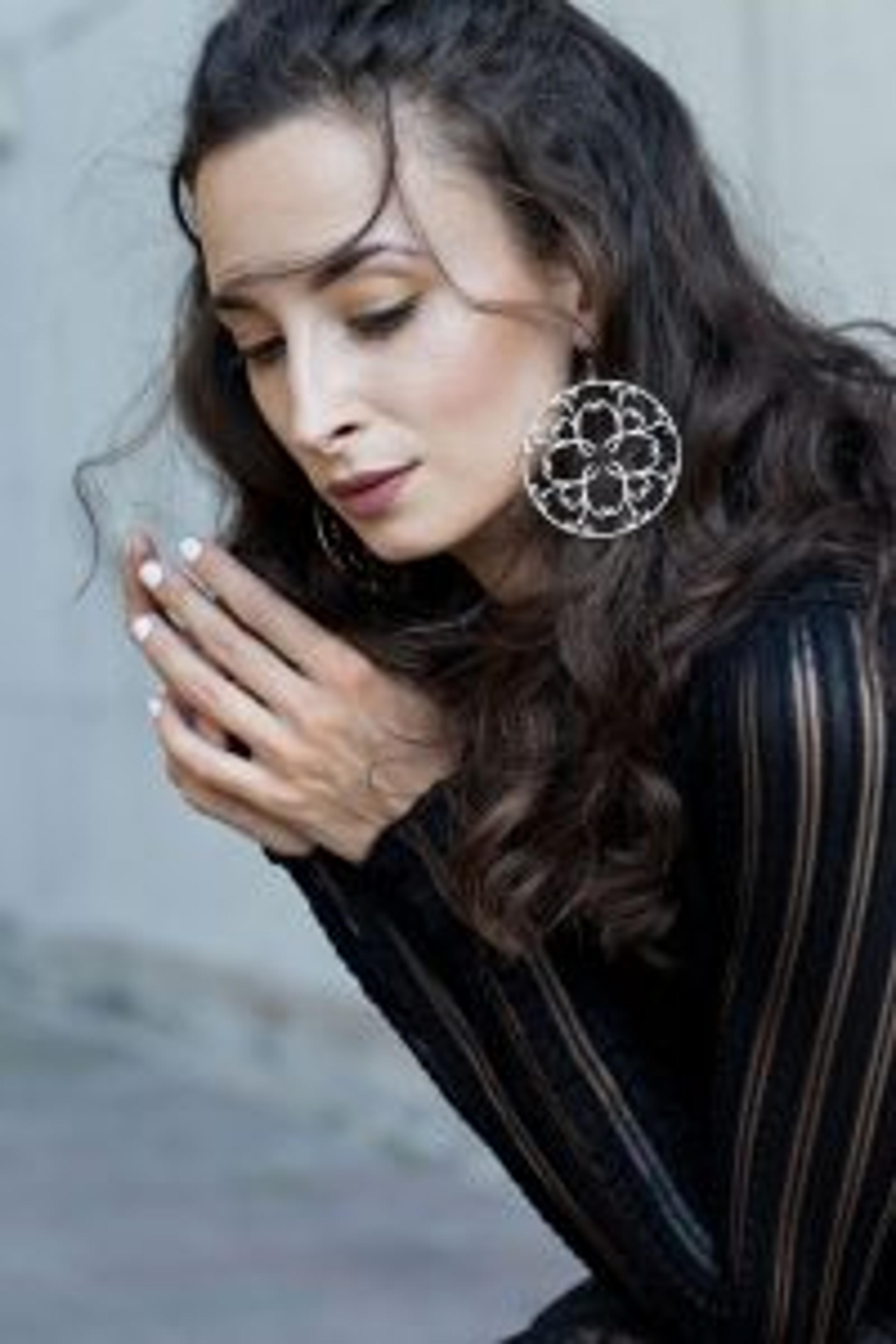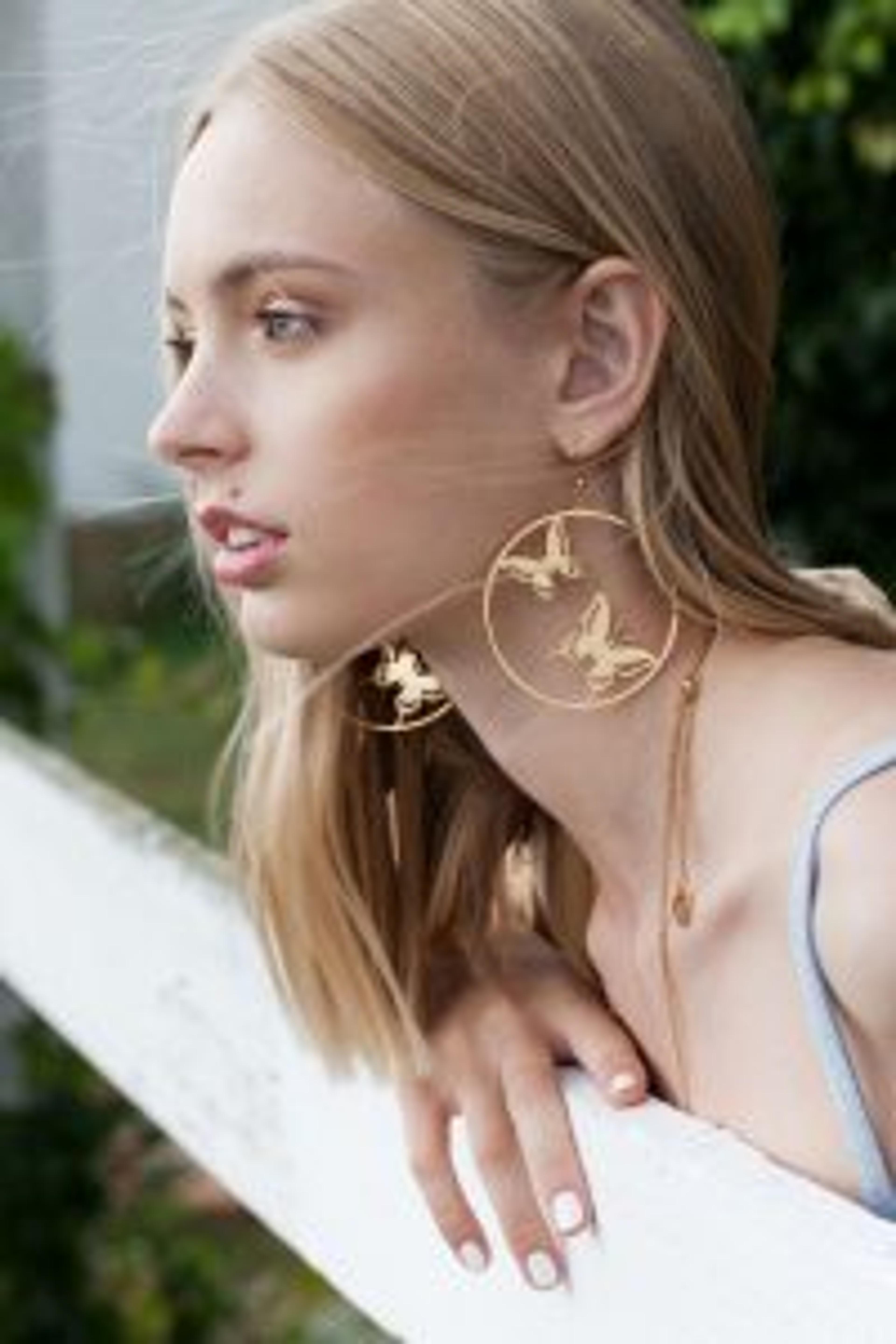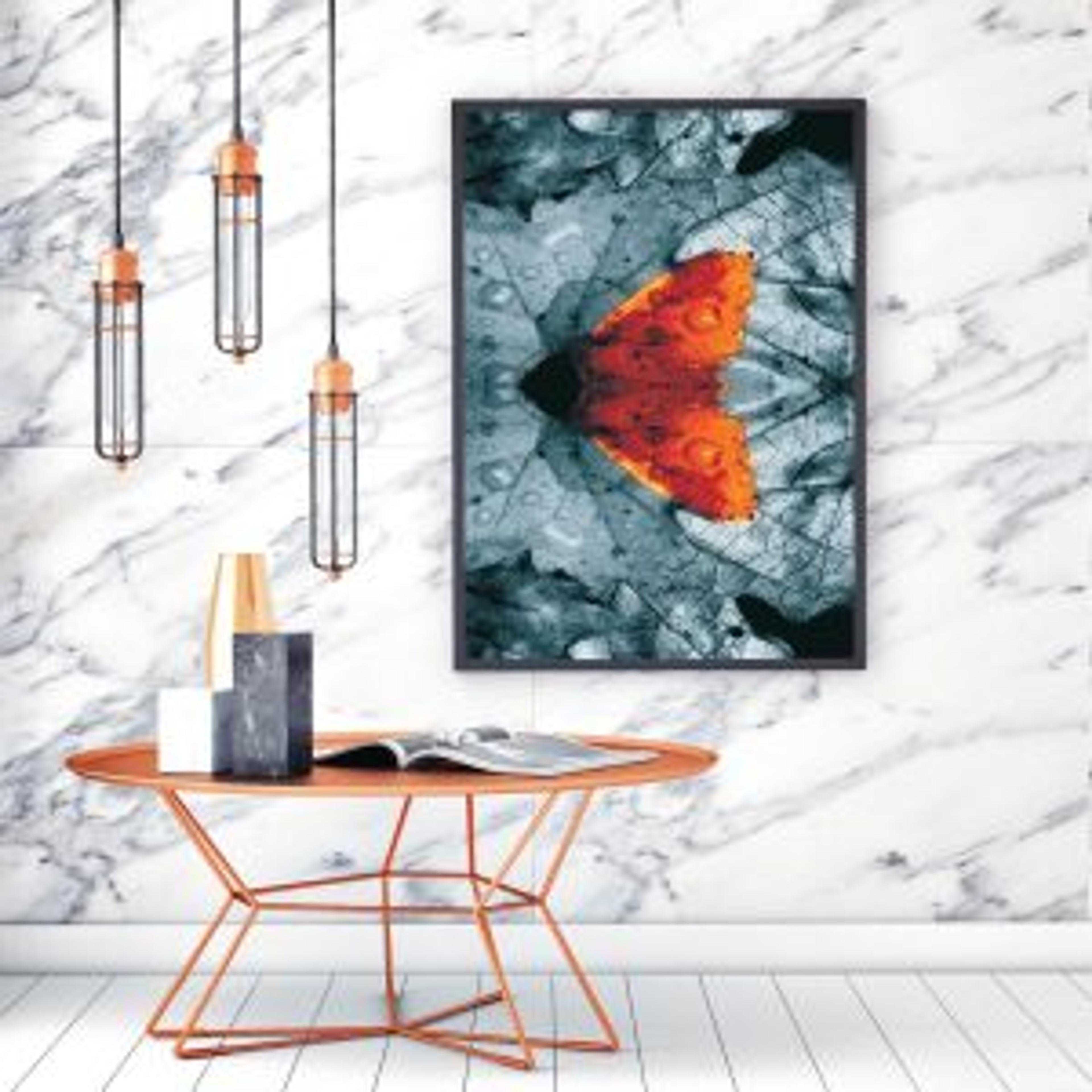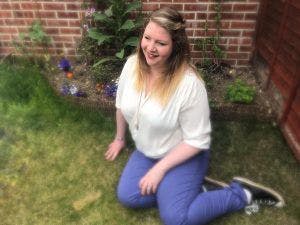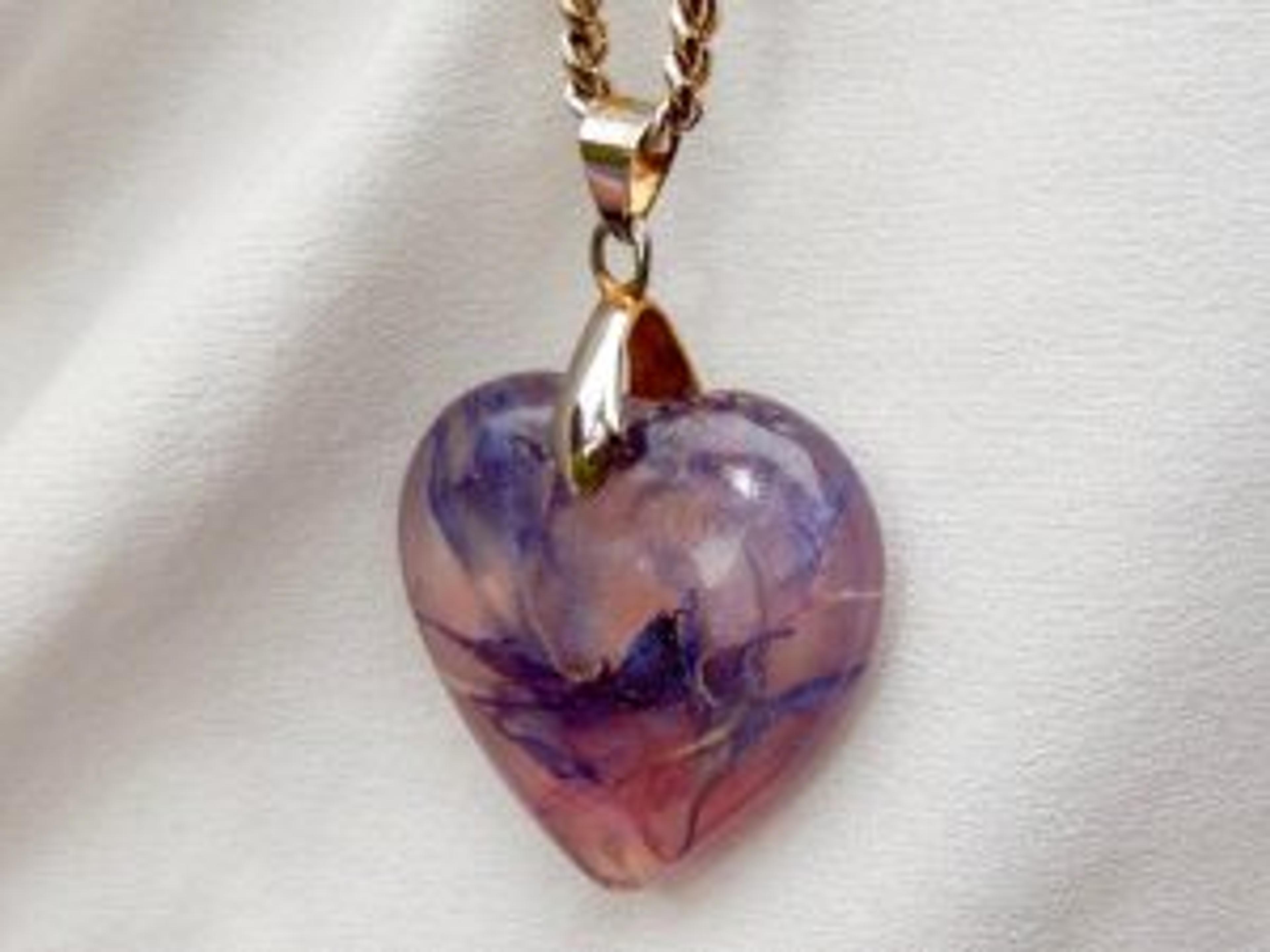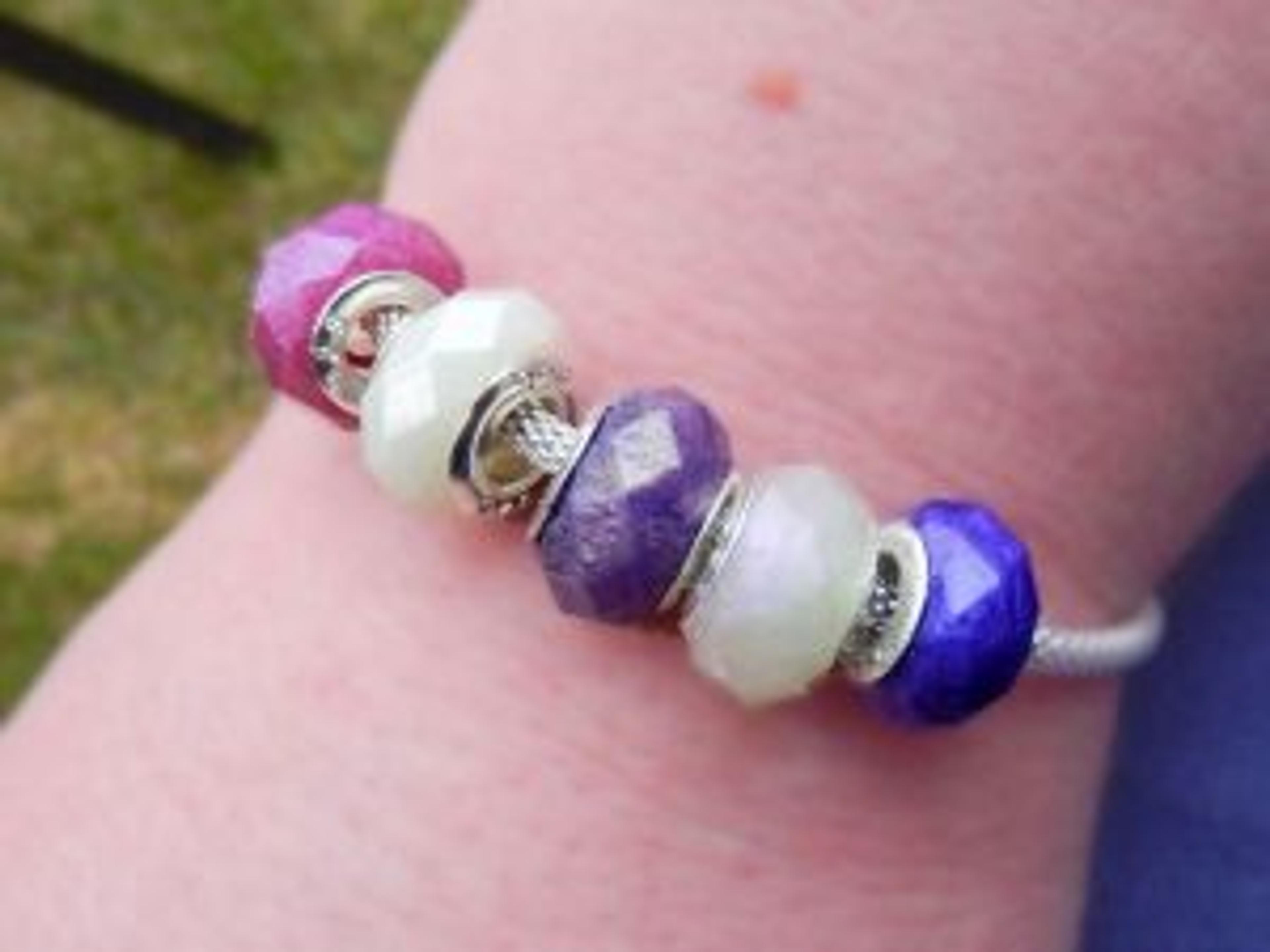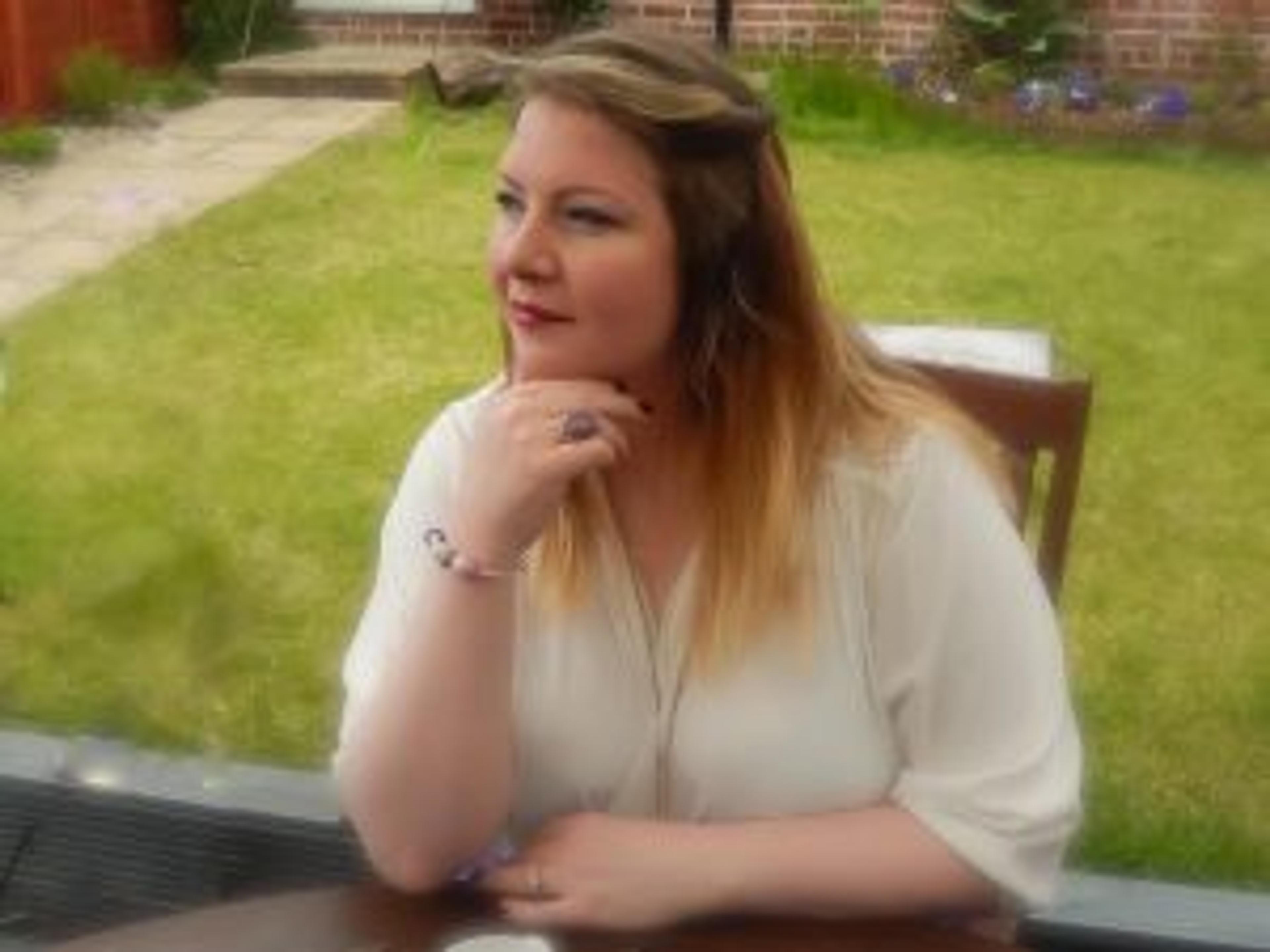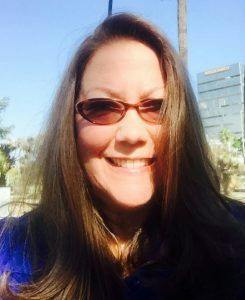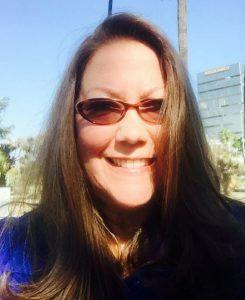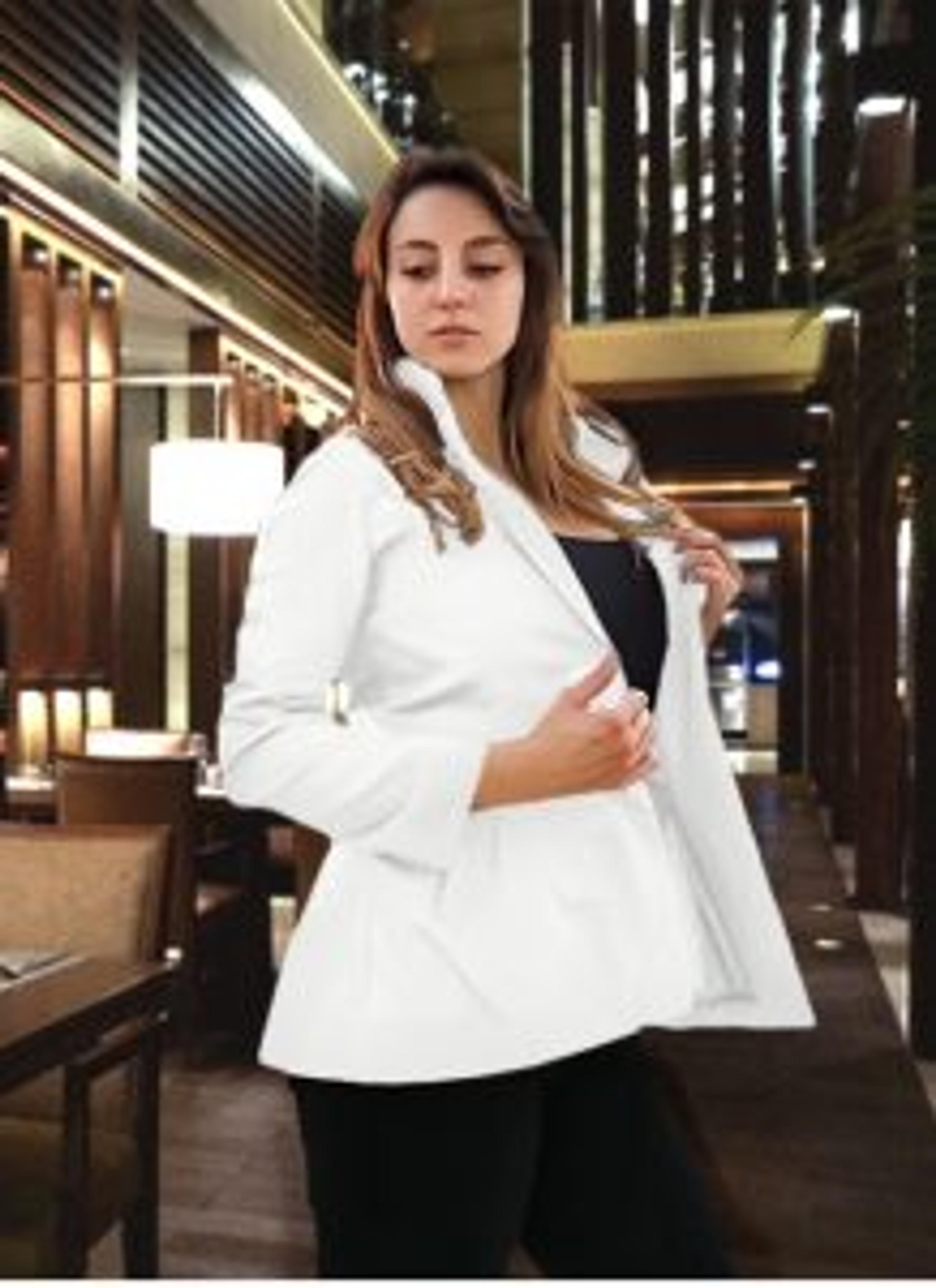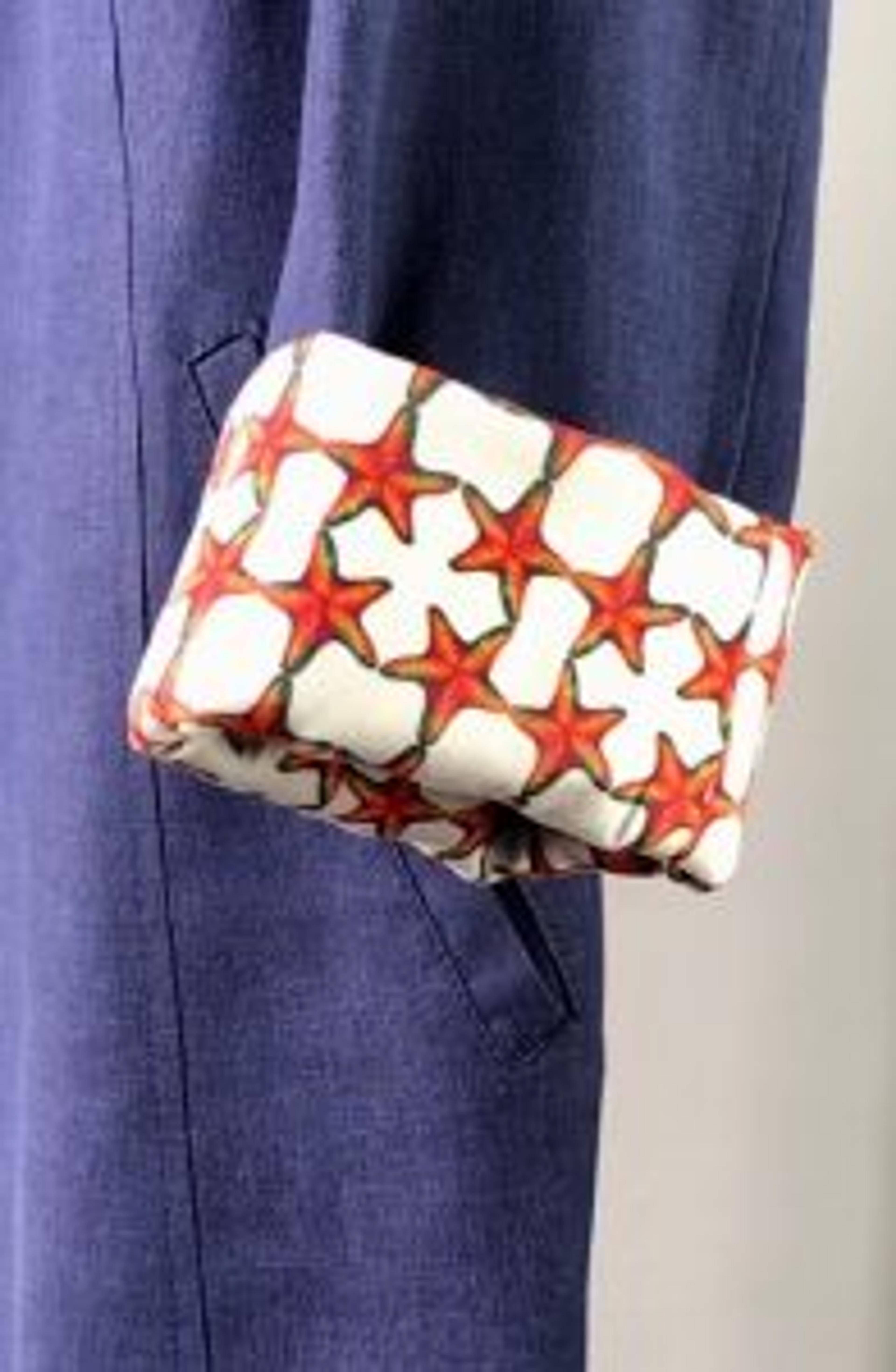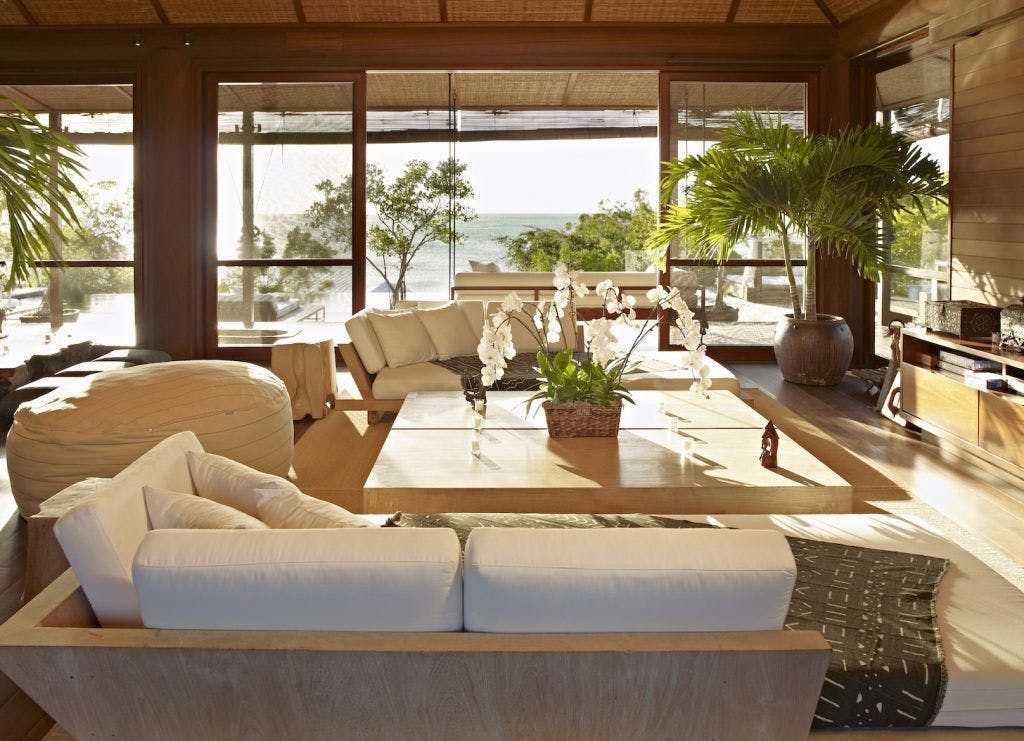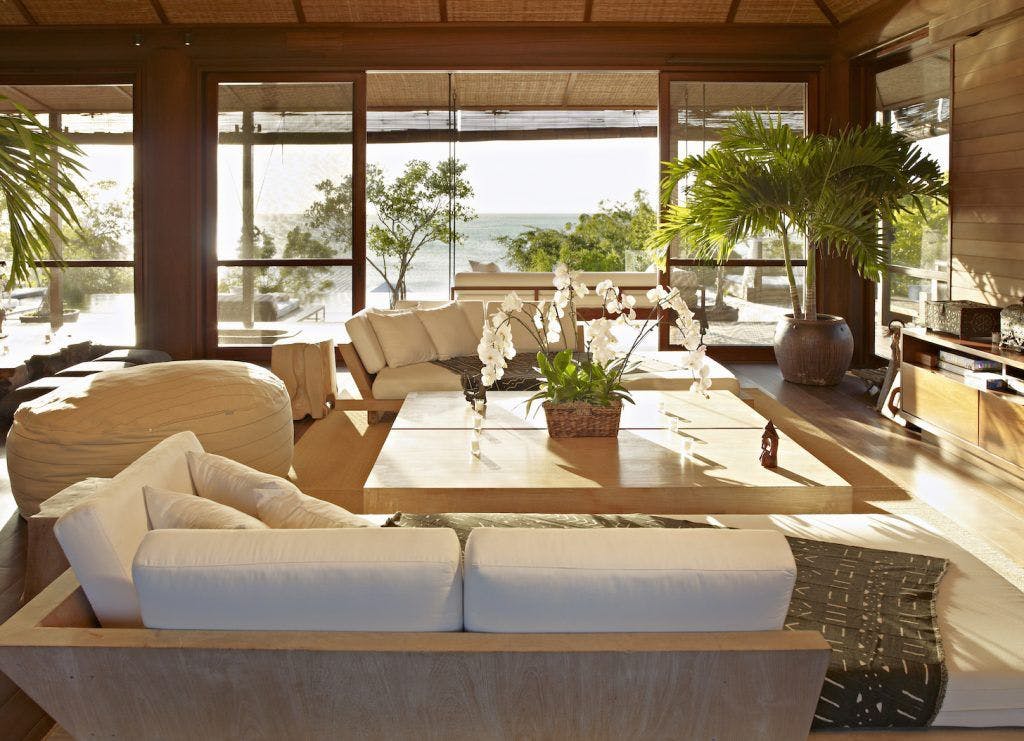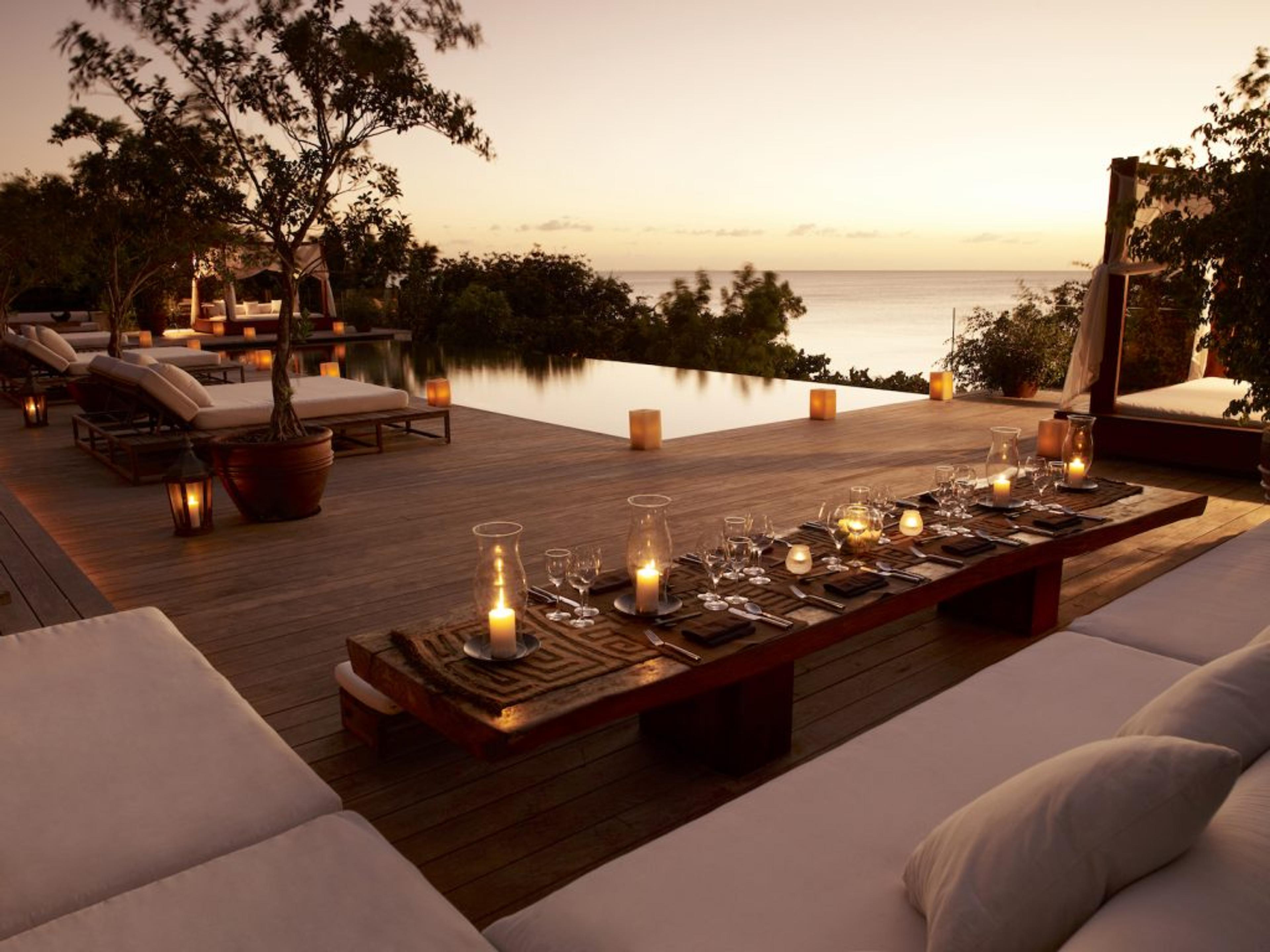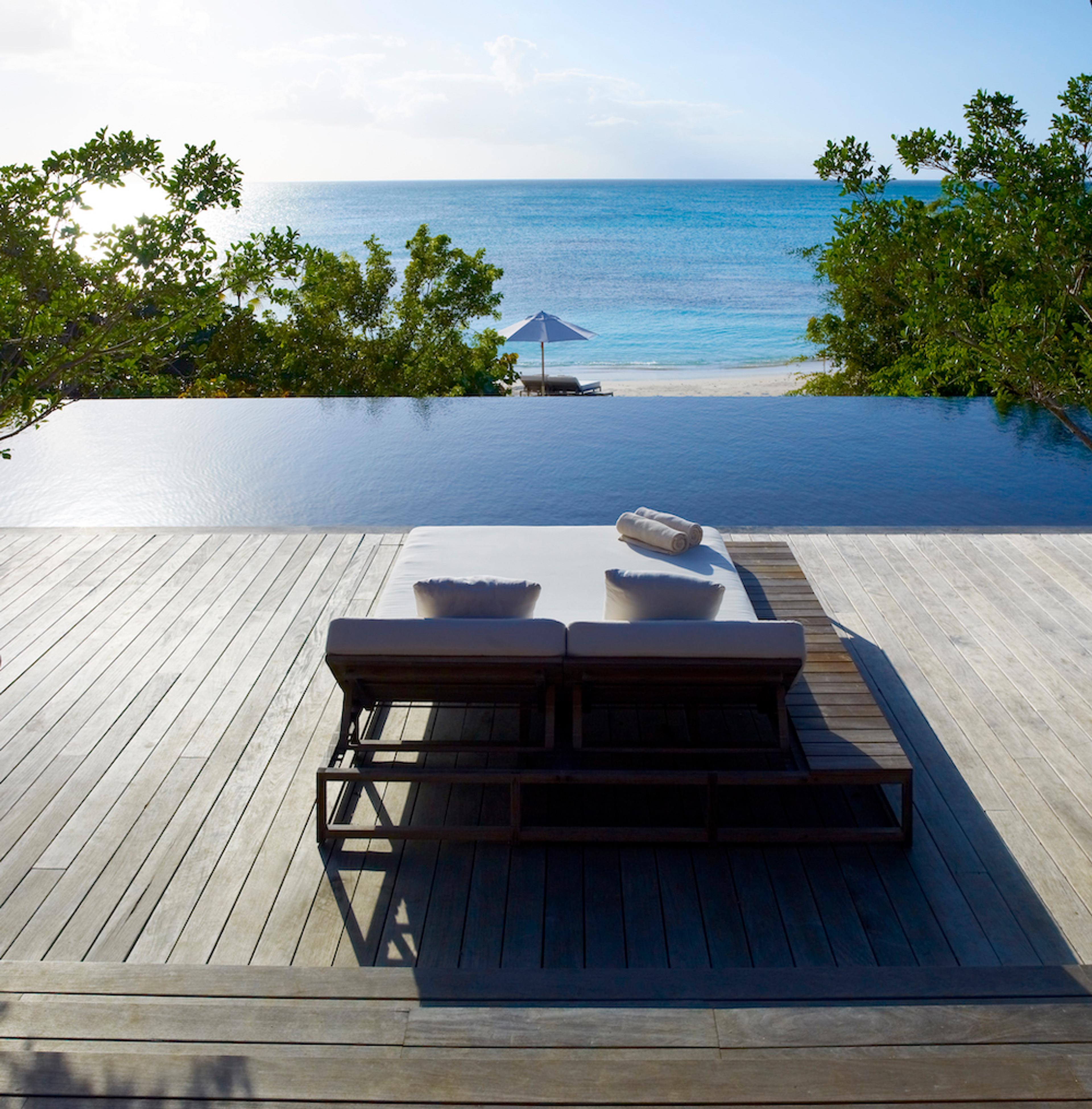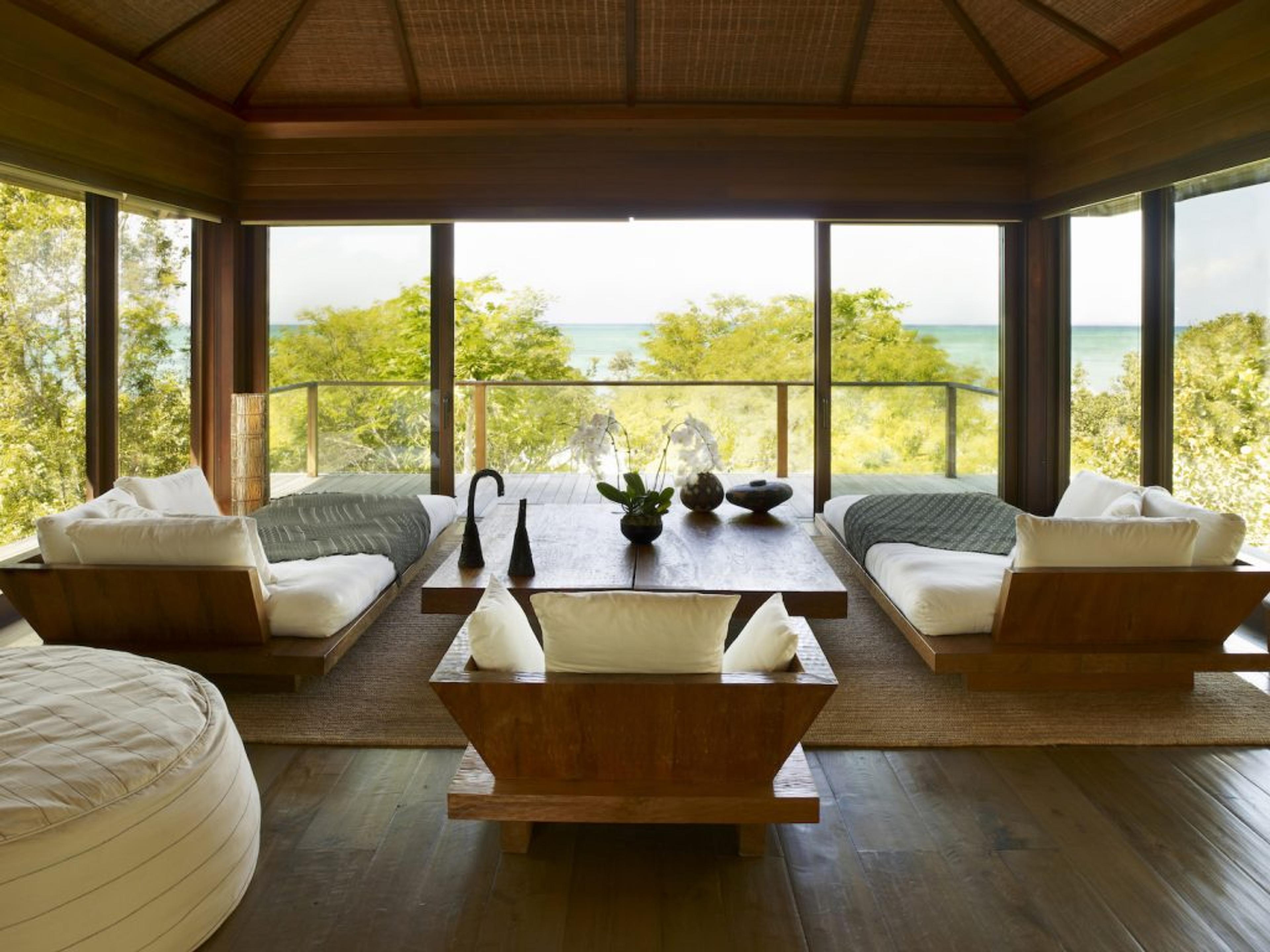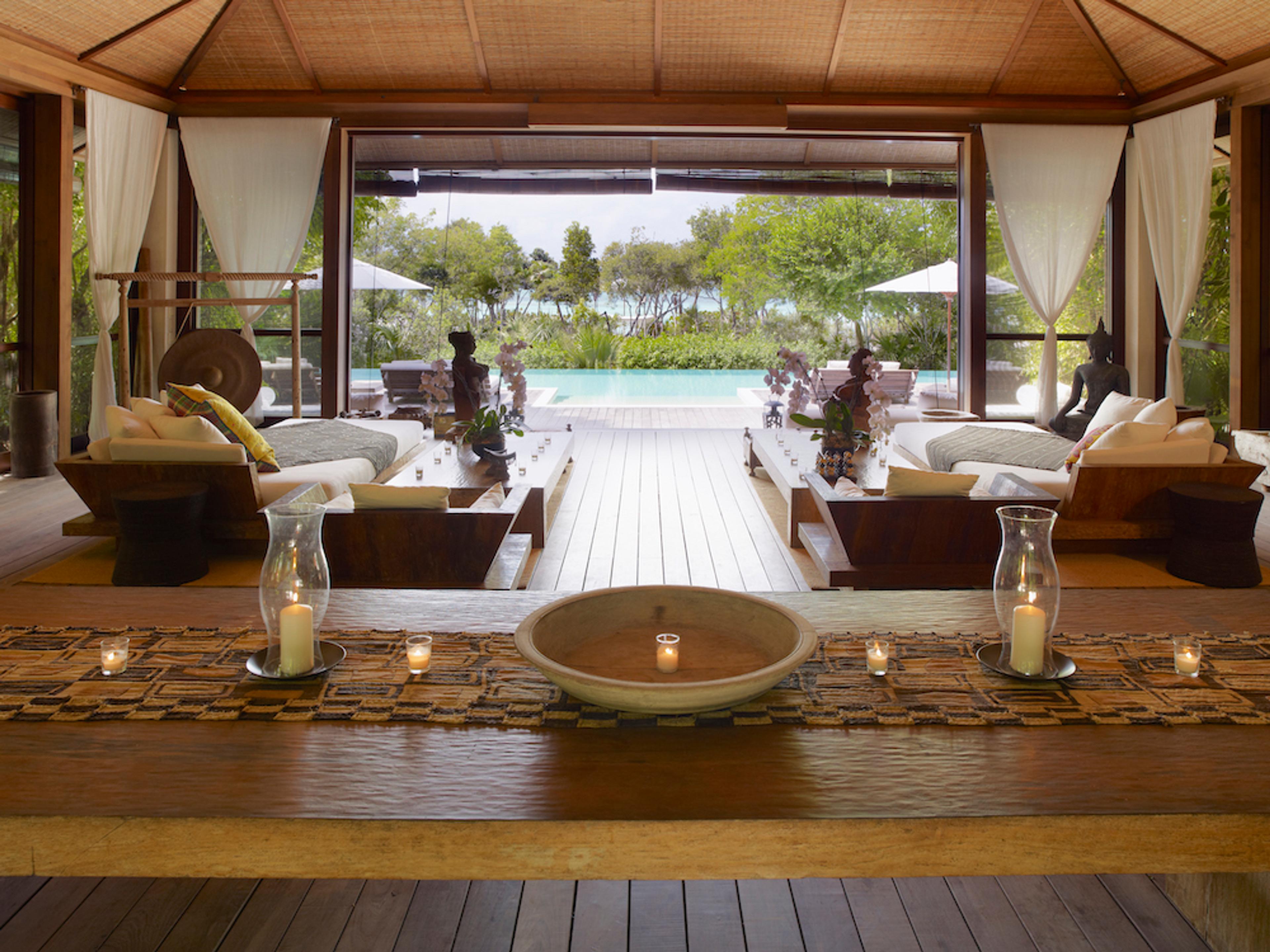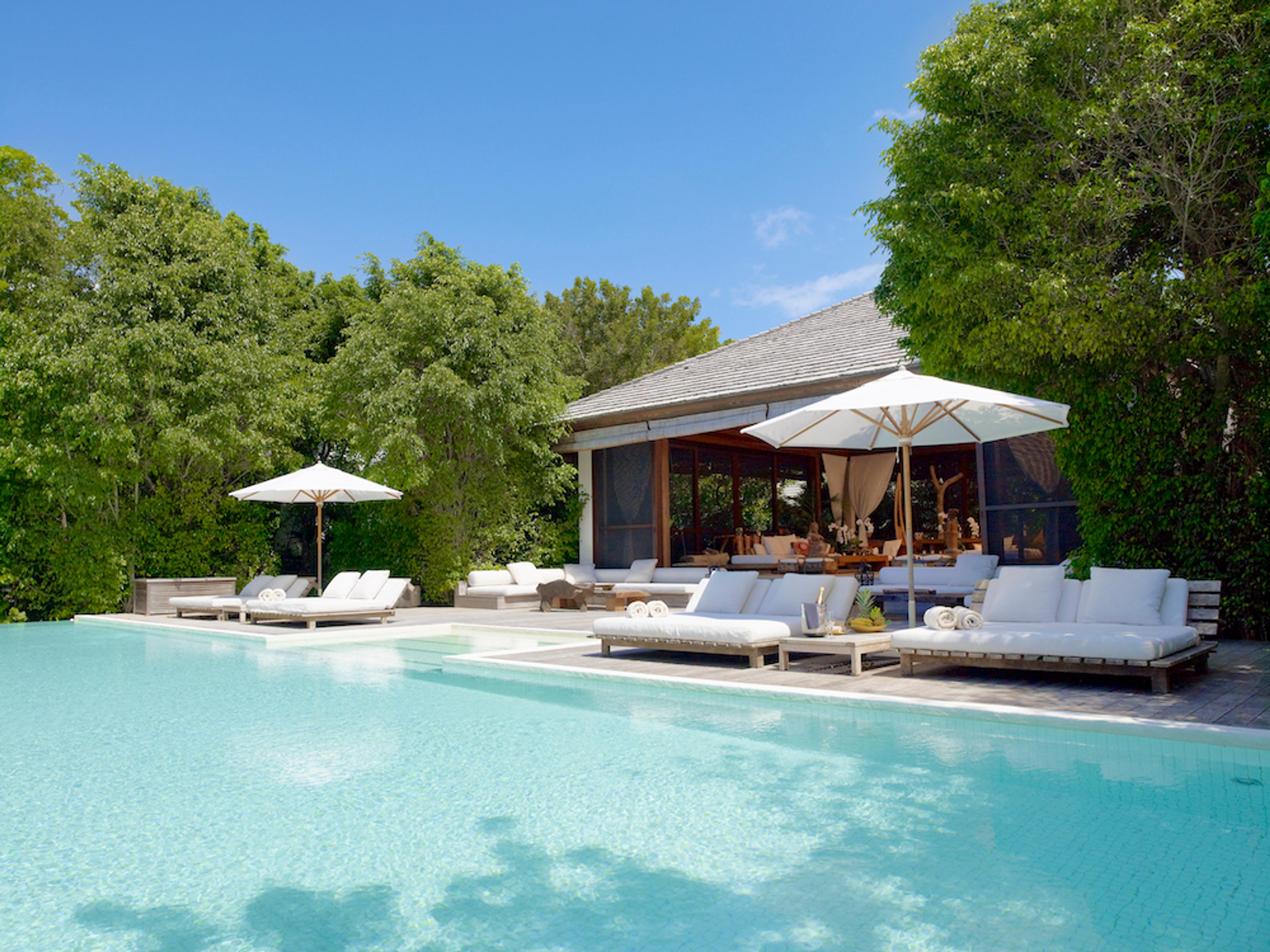Lindsay Nicholas New York is a fashion label run by Lindsay Nicholas herself and her small, mostly female team, which includes her sister. Lindsay is famed for her simple, stunning, sophisticated clothing designs for women who want to look effortlessly chic from day to night.
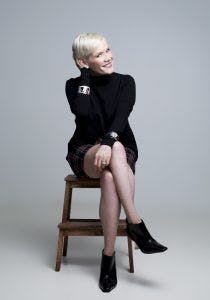
Lindsay focuses on attention to detail and flattering fits for all shapes of a woman’s body, and her aim is for women to be able to wear her clothes through different time zones and countries!
Let’s find out what makes Lindsay Nicholas tick….
Q. HOC. At what point did you realise that you were destined to be a fashion designer?
A. Lindsay. I spent my childhood drawing clothes and I have always loved everything fashion, but I didn’t actually think of it as a possible career until I was in my 30’s. At that point, I decided to get a design degree from Parsons School of Design in NYC at night while I worked my advertising job during the day. And then it was another 12 years before I started my label!
Q. HOC. Is your background in the fashion industry and clothing design?
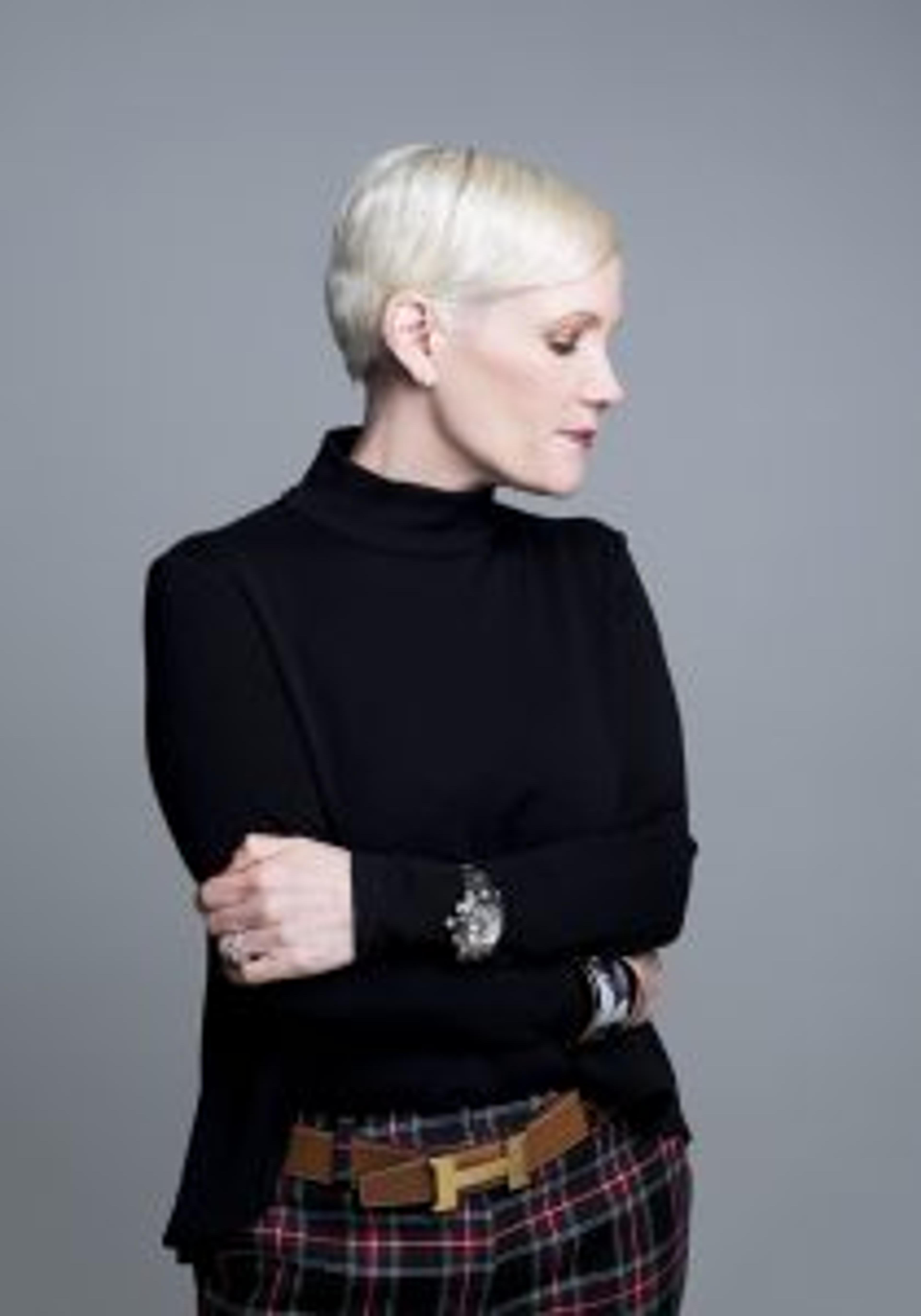
A. Lindsay. I worked in advertising and then marketing for almost 20 years, working on Madison Avenue in NYC, then in Sydney and most recently in Singapore where I was the Executive Director of Retail Marketing for Marina Bay Sands. All of that experience has really come in handy with running my business.
Q. HOC. You are living between Melbourne in Australia and New York in the United States, has this influenced your design style?
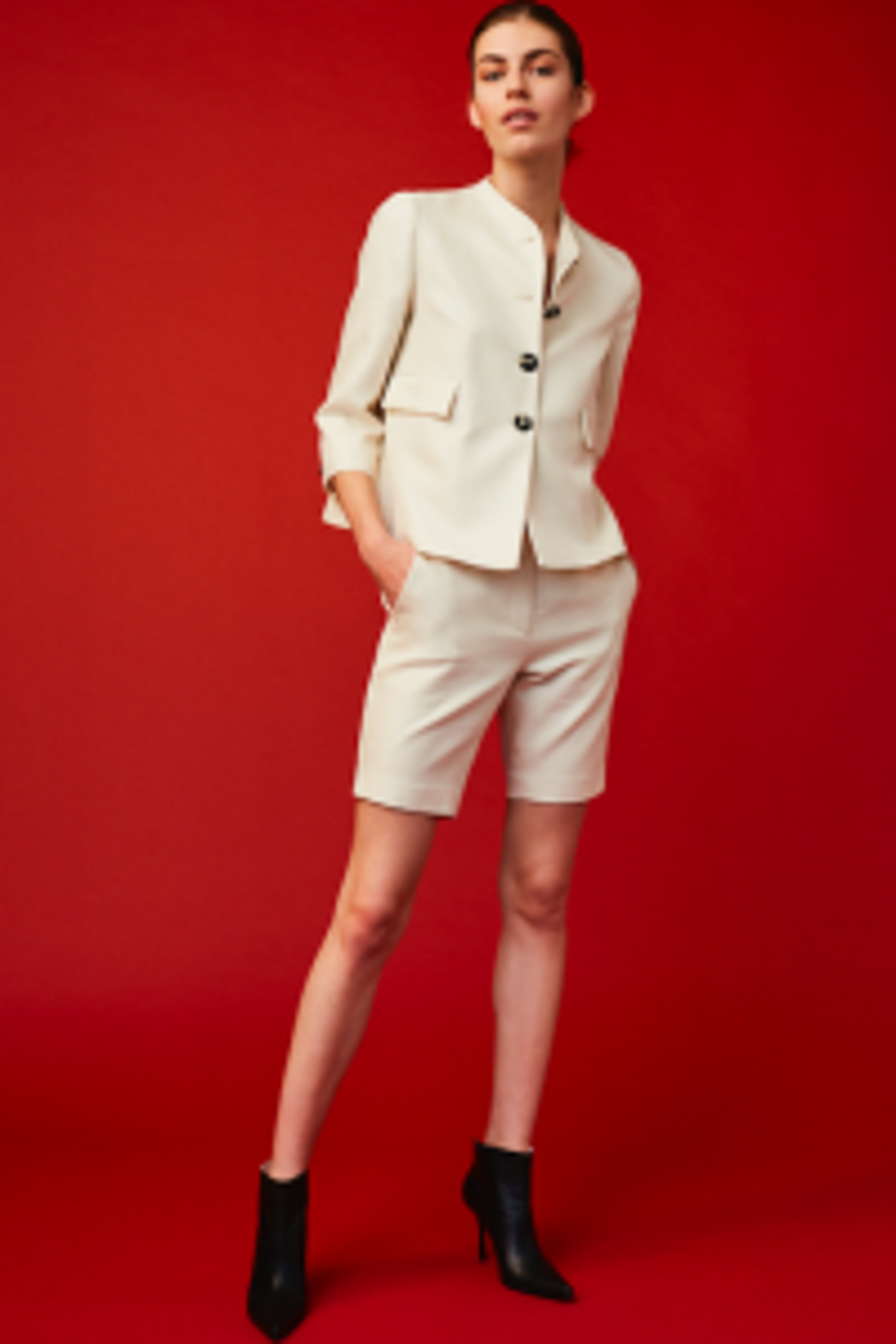
A. Lindsay. I am very influenced by women with incredible style that I see on the street, and I think great style is something that has no geographic boundaries. That said, there are nuances as to which items women will wear to work. In NYC, for example, women in creative fields have no problem wearing a short suit to work (one of our signature looks), where it’s a harder sell in Melbourne. And reversely, Australian women embrace a drop-crotch trouser, which isn’t yet a “must-have” piece in the US (but we’re hoping to change that).
Q. HOC. You are making your designs in both America and in Australia, do your international teams work in the same way or does each country have a different method?
A. Lindsay. We have been producing our collections in NYC, but our next collection is currently in production in Melbourne, so it’s a whole new team on the ground here for things like pattern-making and cut and sew. Outside of production, our team has been internationally focused from the beginning. I was working in Singapore when I launched the business, so we started with a global mindset and we shipped worldwide from day one.
Q. HOC. Your designs are known for being super flattering and luxuriously stylish, how do you manage to keep your designs informal yet with a distinct structure?
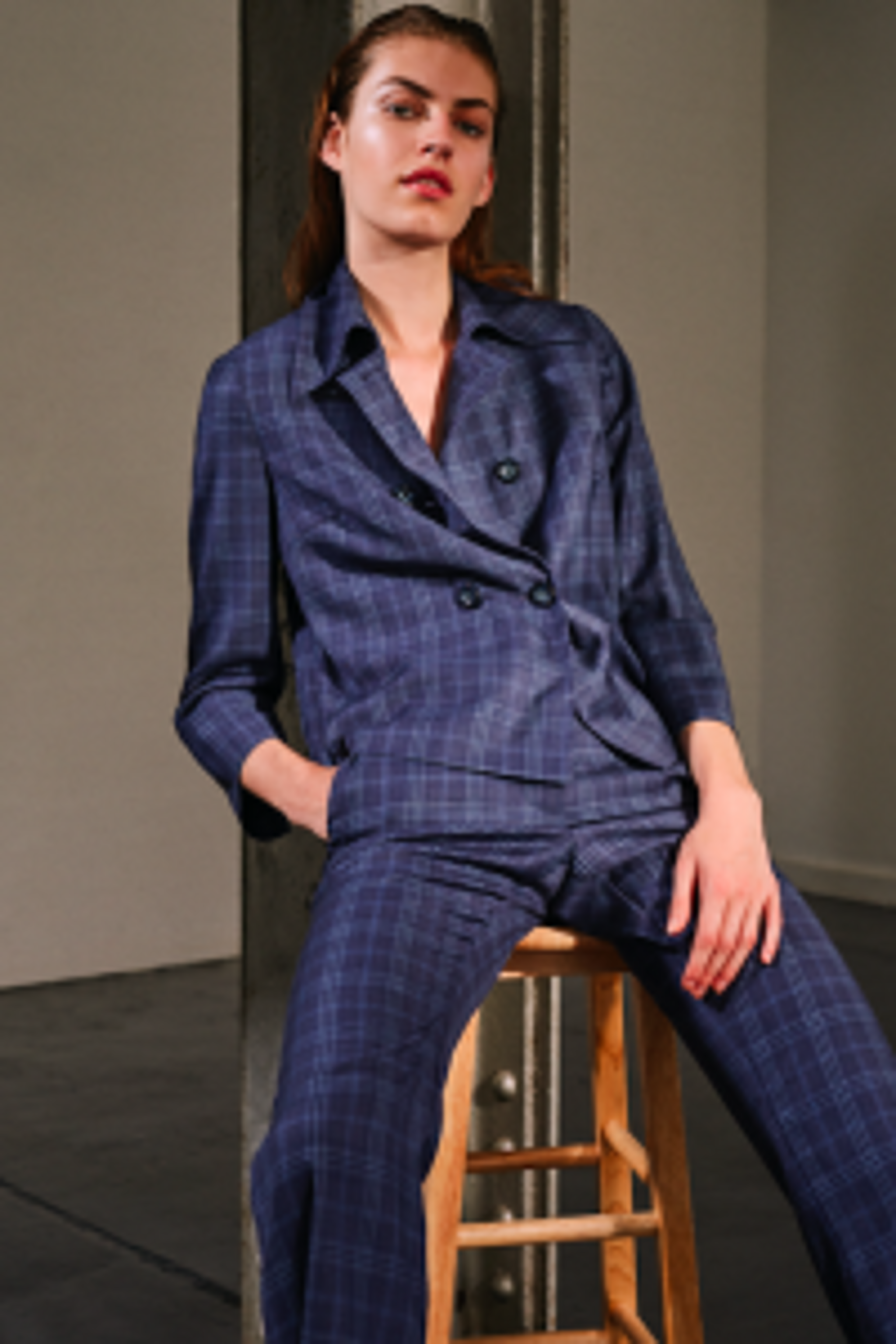
A. Lindsay. I was a certified image consultant and on the board of The Association of Image Consultants International, so I know how to make a woman look her best. When my customer walks in to a room, the first thing I want people to think is “wow, she has such confidence”, not “I love those pants” (that can be the second thing). It’s creating pieces that are super stylish, and always with amazing fabrics and construction, but the main focus has to be “will this piece make my customer feel great; will this become her uniform”.
Q. HOC. Where do your design ideas come from?
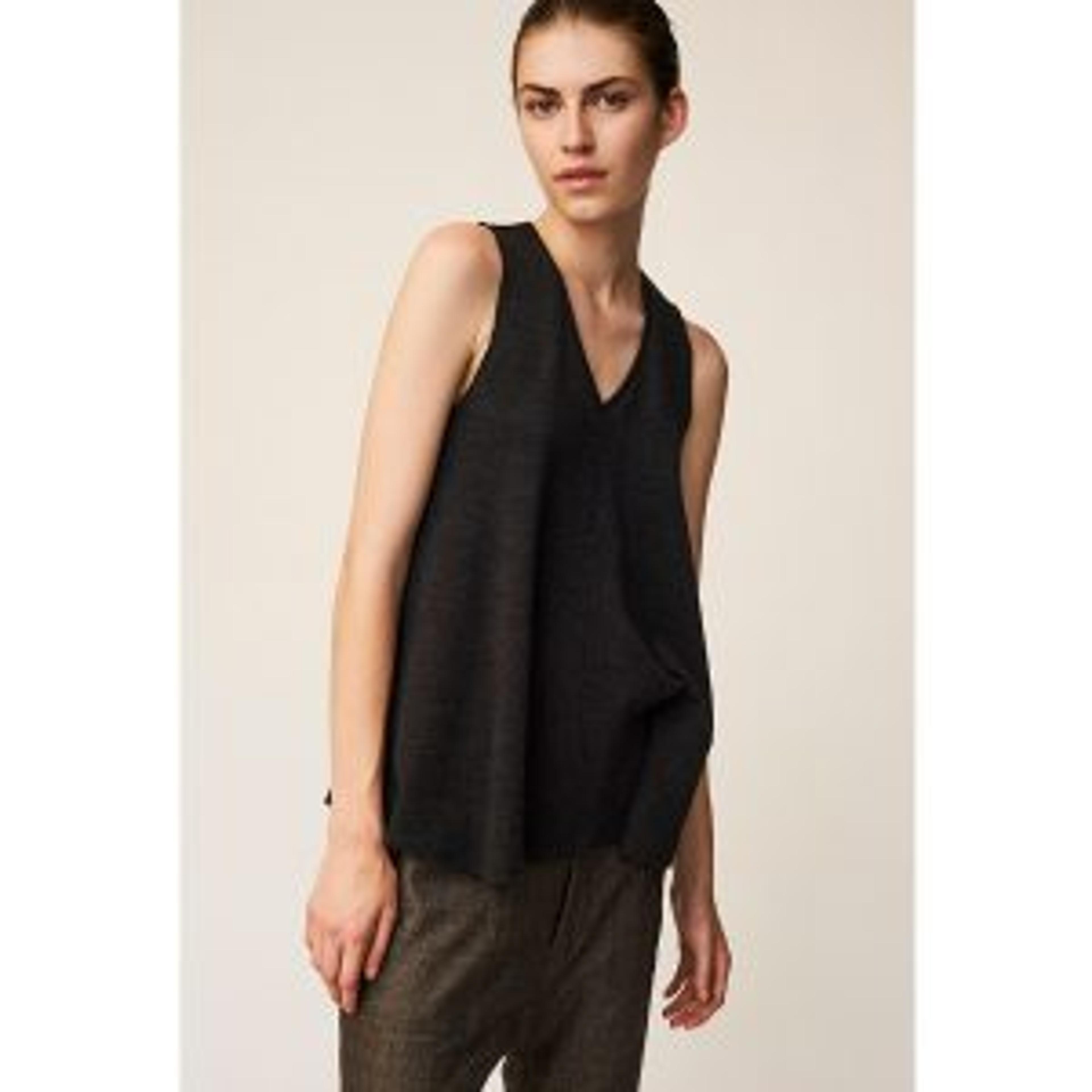
A. Lindsay. Everywhere! Truly! It’s from sitting in a café and watching people walk by, traveling through Europe, Asia and the US, reading every single fashion magazine under the sun, and I am very inspired by menswear and menswear fabrics. Recently, I was in Sydney where we had a pop-up store and I saw the most amazing floral wrapping paper as I was walking to work, and that inspired part of our next collection.
Q. HOC. If you weren’t a fashion designer, what would you be doing right now?
A. Lindsay. I loved my career in advertising and marketing, and the only thing that could get to me to leave it was pursuing my passion to have my own clothing line. So if I wasn’t doing this, I’d probably still be working for one of the great companies I have worked for in the past.
Q. HOC. Your brand is already big in New York and in Melbourne, are you looking to expand into any other markets or cities?
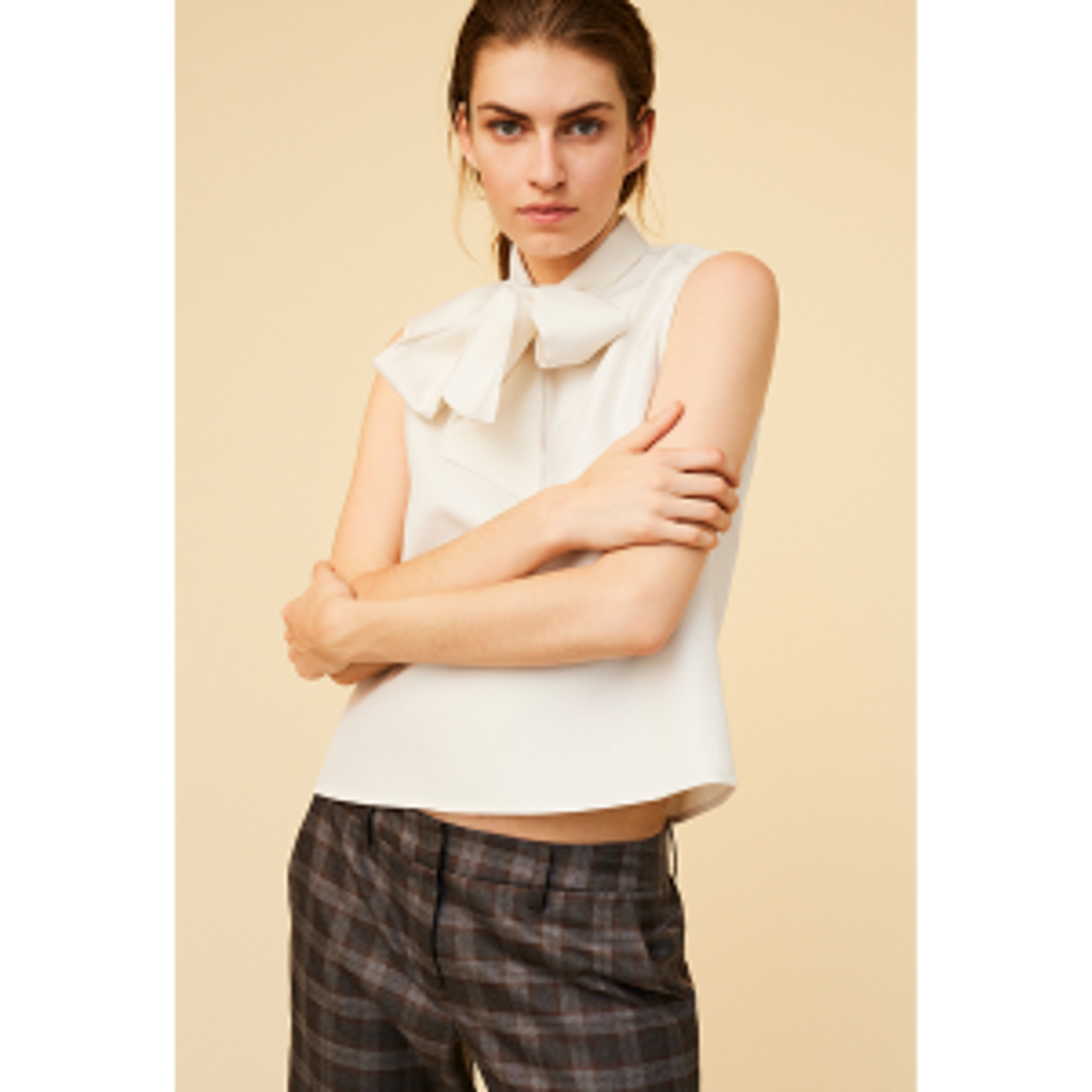
A. Lindsay. We’ve been global from day one, but there are definitely places where our brand seems to resonate more strongly than others. One of our biggest markets is the UK. We ship to London at least a few times a week. I think it might be a nod to our menswear influence and high quality fabrics. And most of our pieces are trans-seasonal, so you can wear them in a London winter and an Italian summer, so the cost-per-wear is exceptional.
Q. HOC. Were you offered any business advice before launching Lindsay Nicholas New York, or did you do everything by yourself?
A. Lindsay. I started my business while I was still working (lots of 4am starts!), so I was quite quiet about it at the beginning. As I have grown, I have certainly been given lots of advice, but what’s most important is figuring out what advice really pertains to my brand. If I listened to everyone and tried to please everyone, I think I would have a very bland product. I love feedback and I am a great listener, which has made our product better season after season, but I always have to love what I create, because if I don’t, how can I expect you to?
Q. HOC. What piece of advice would you give someone looking to get into the fashion industry?
A. Lindsay. Without a doubt start small and find a mentor. I created so many pieces my first season thinking I needed to give people lots of choices. No…make one piece. Make a dress and sell it to your tribe and see what feedback you get. Then grow slowly from there. And if you can find someone who has done it and can guide you away from some of the mistakes you’re destined to make, that would be great. But you will make mistakes and you will learn from them, and it will make you a better designer and a better businesswoman.
Thank you for taking the time to answer all our #WomenWorldwide questions for House of Coco Magazine online.
Visit Lindsay Nicholas New York for more information.

